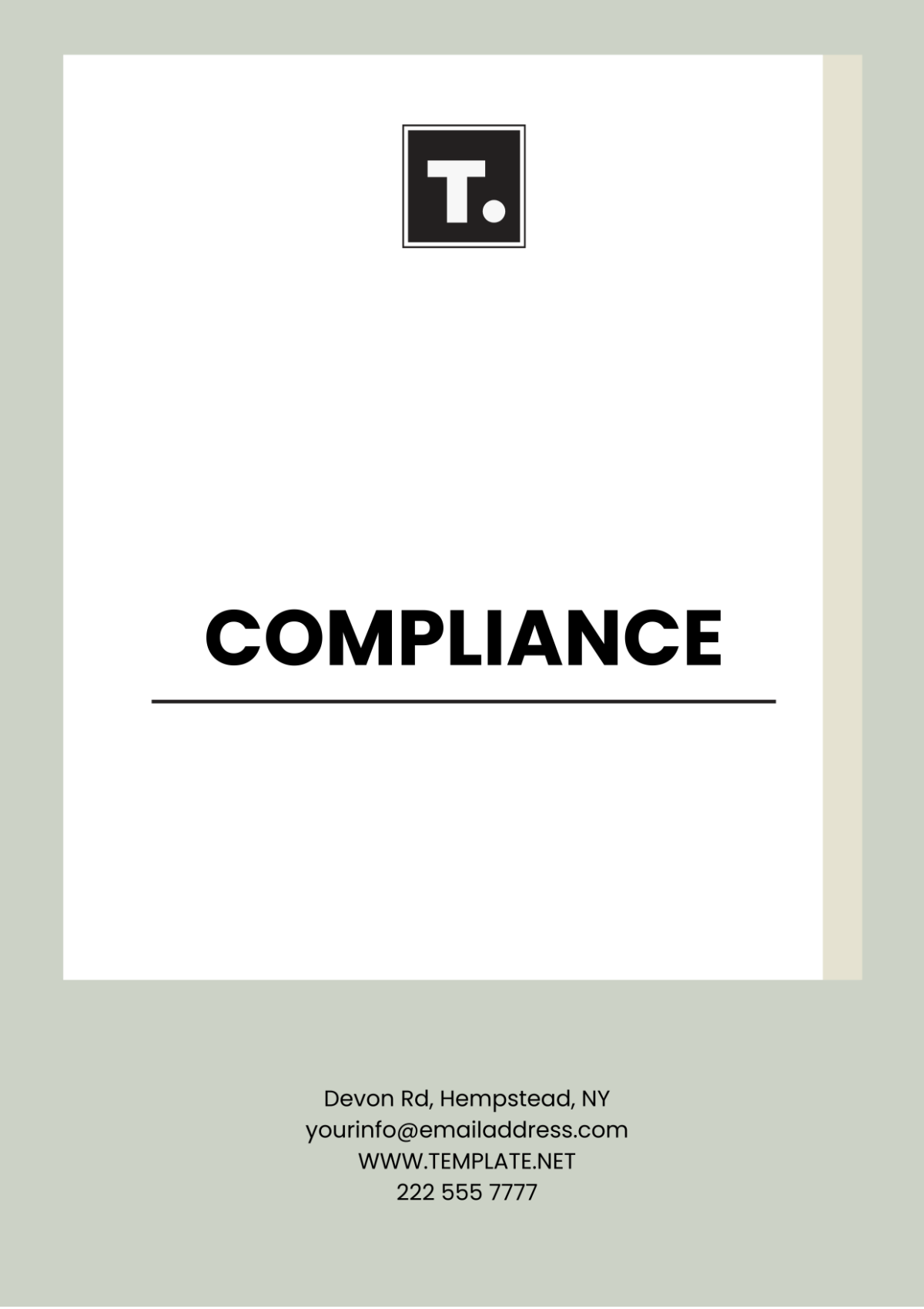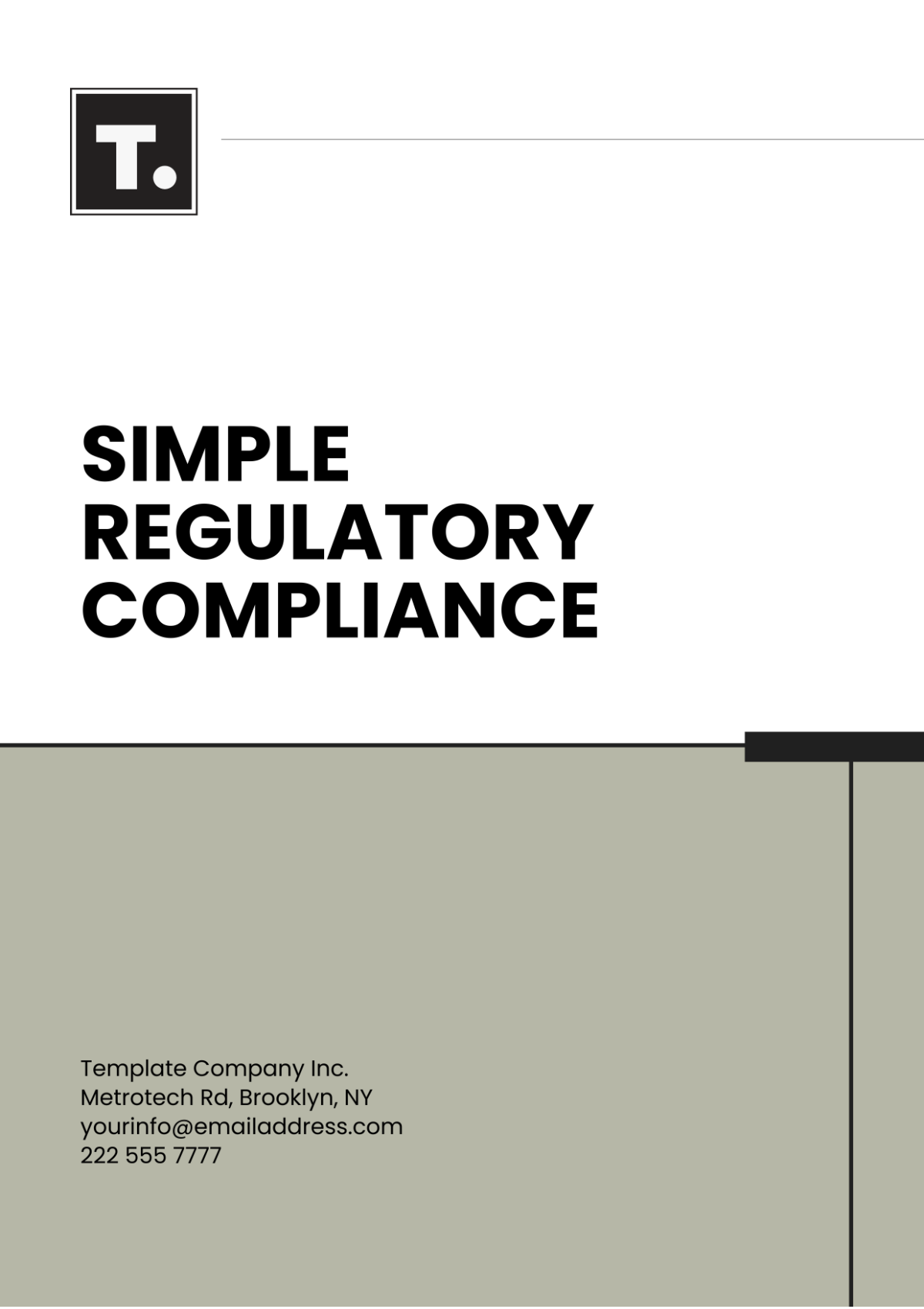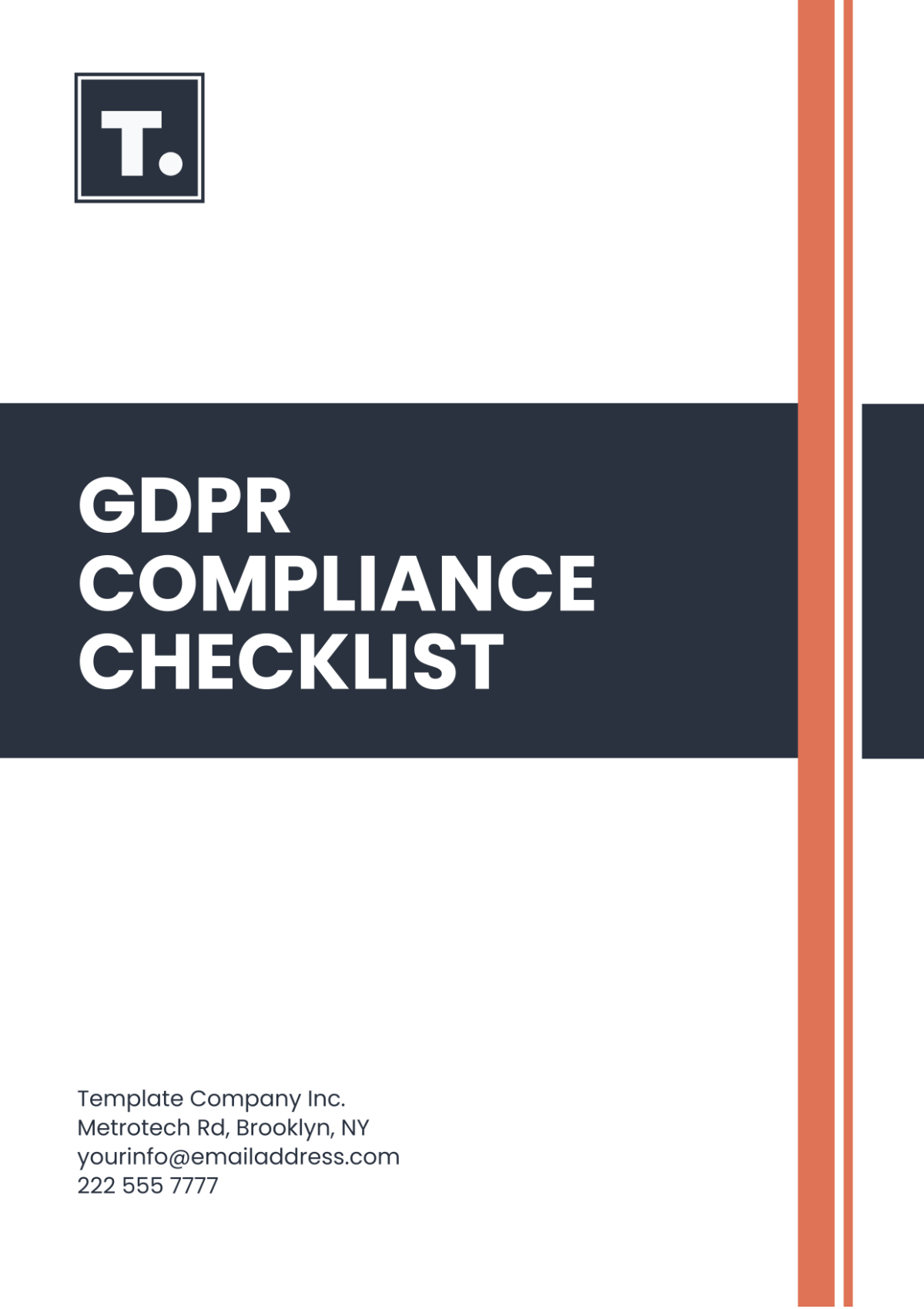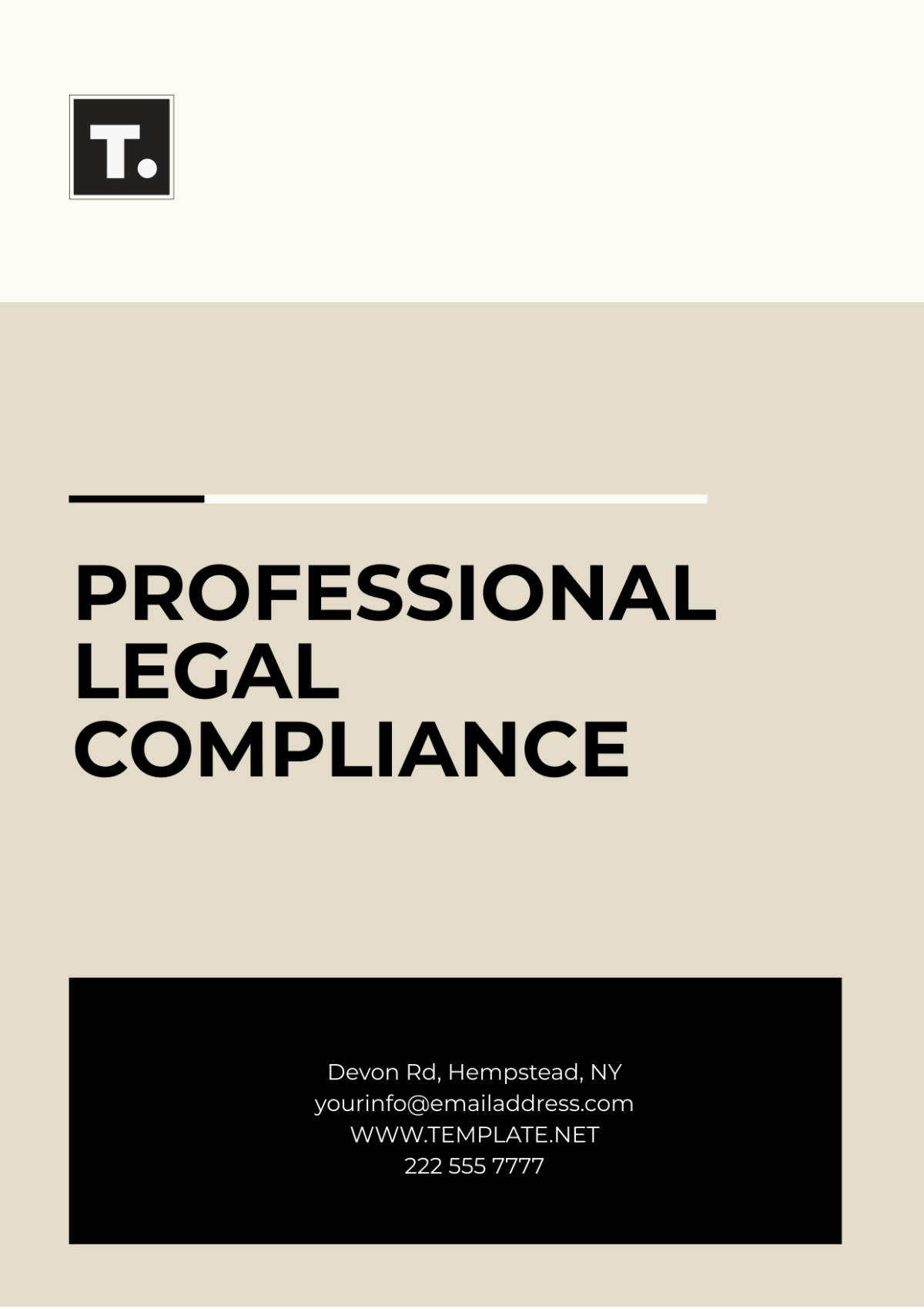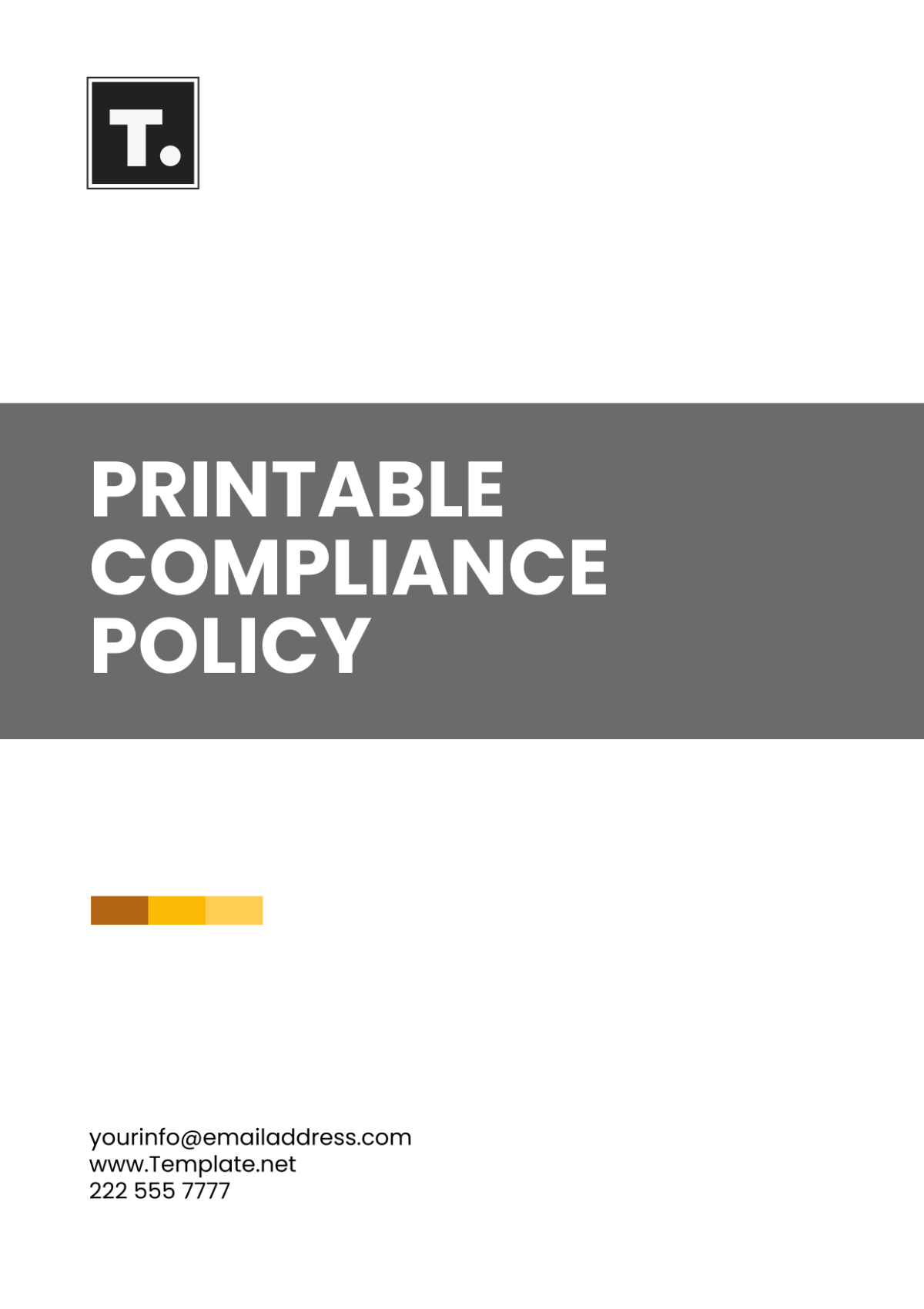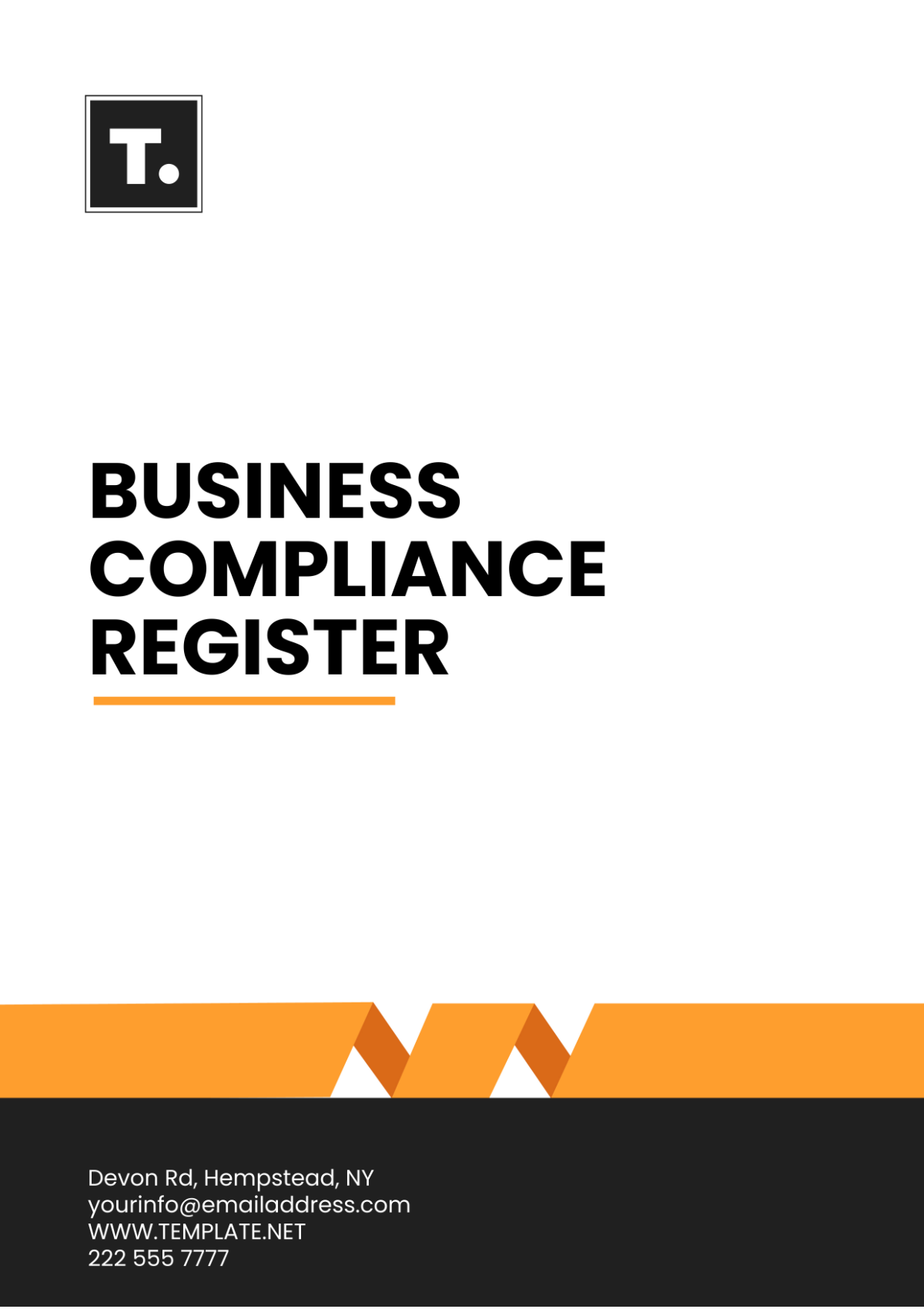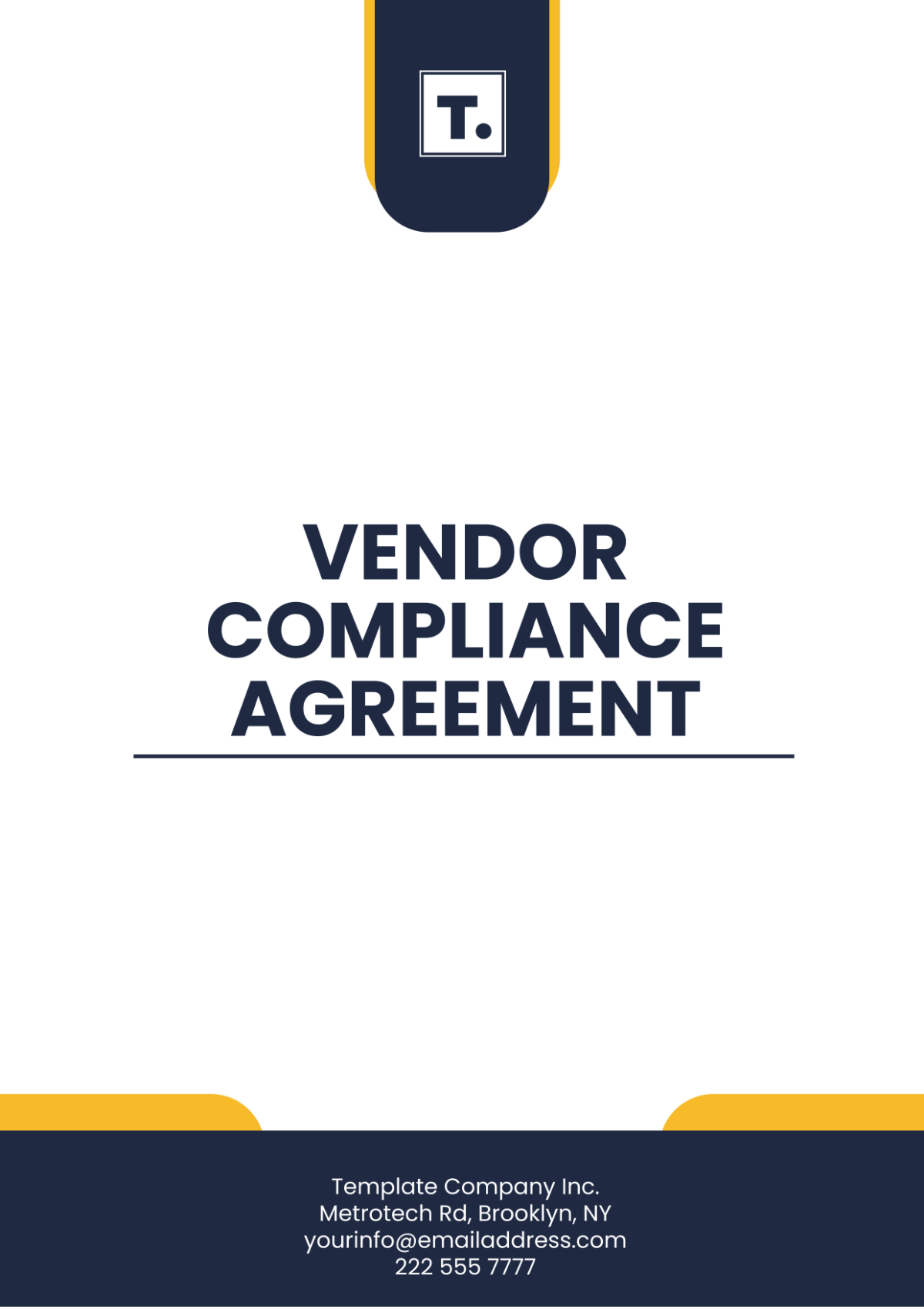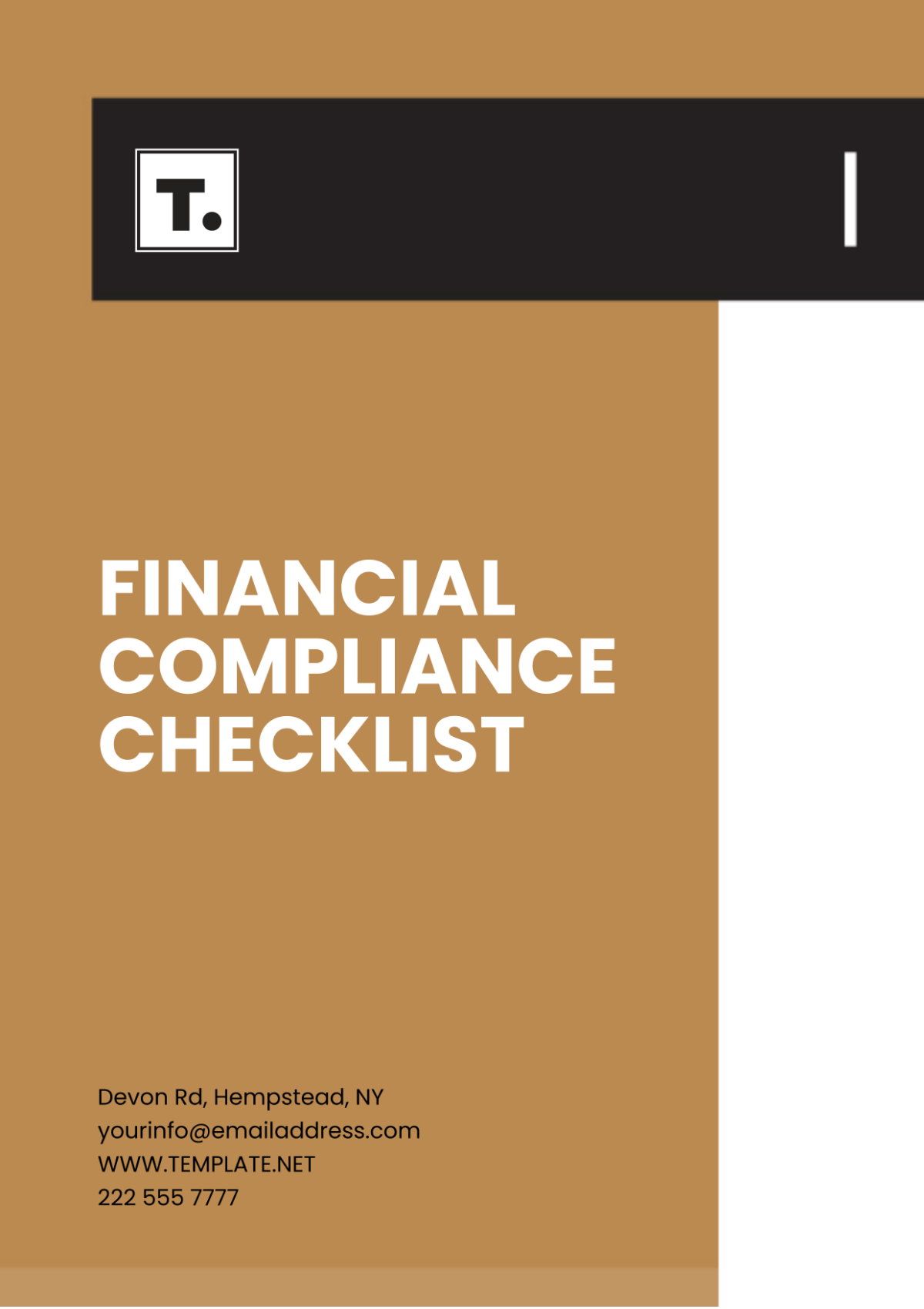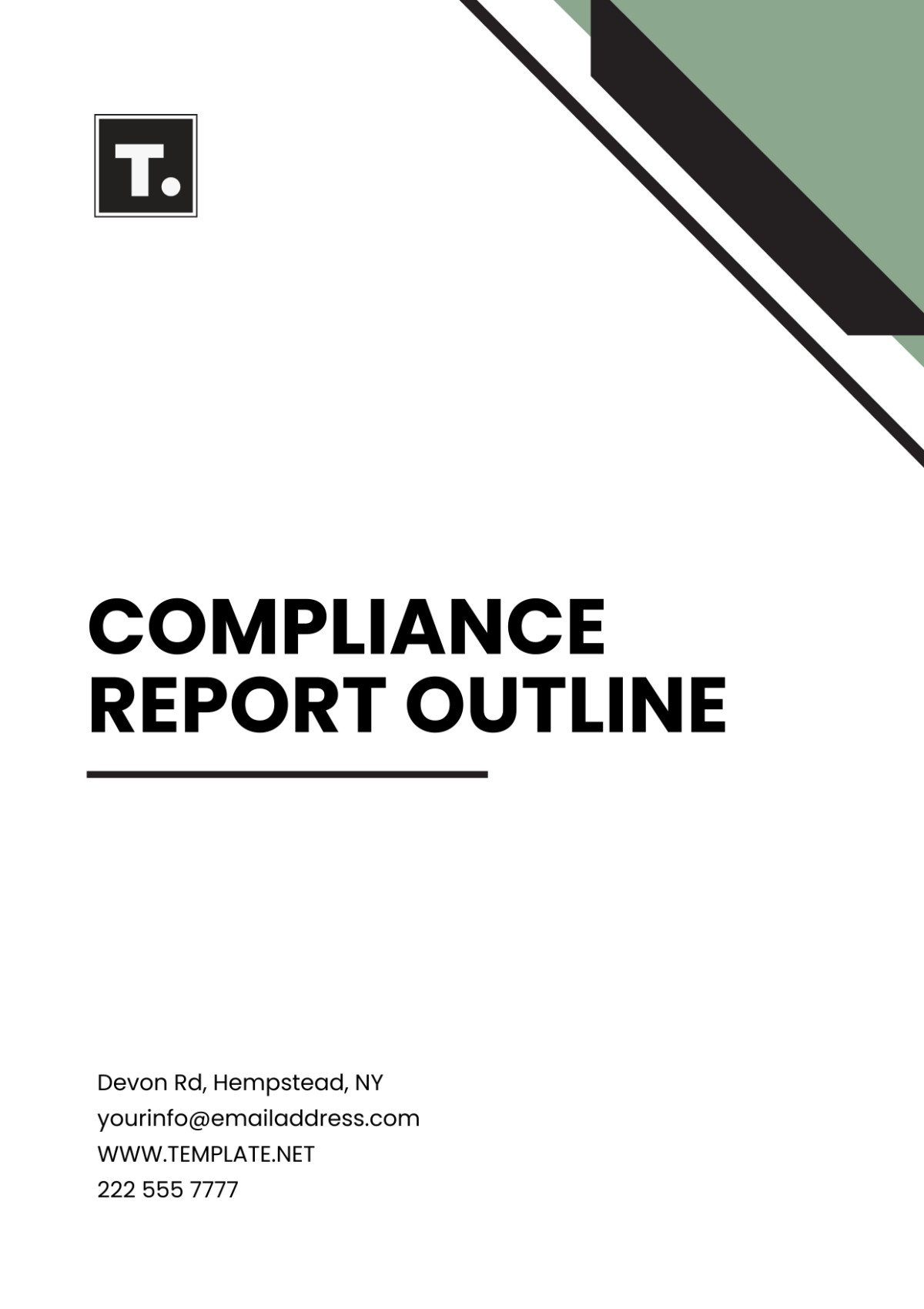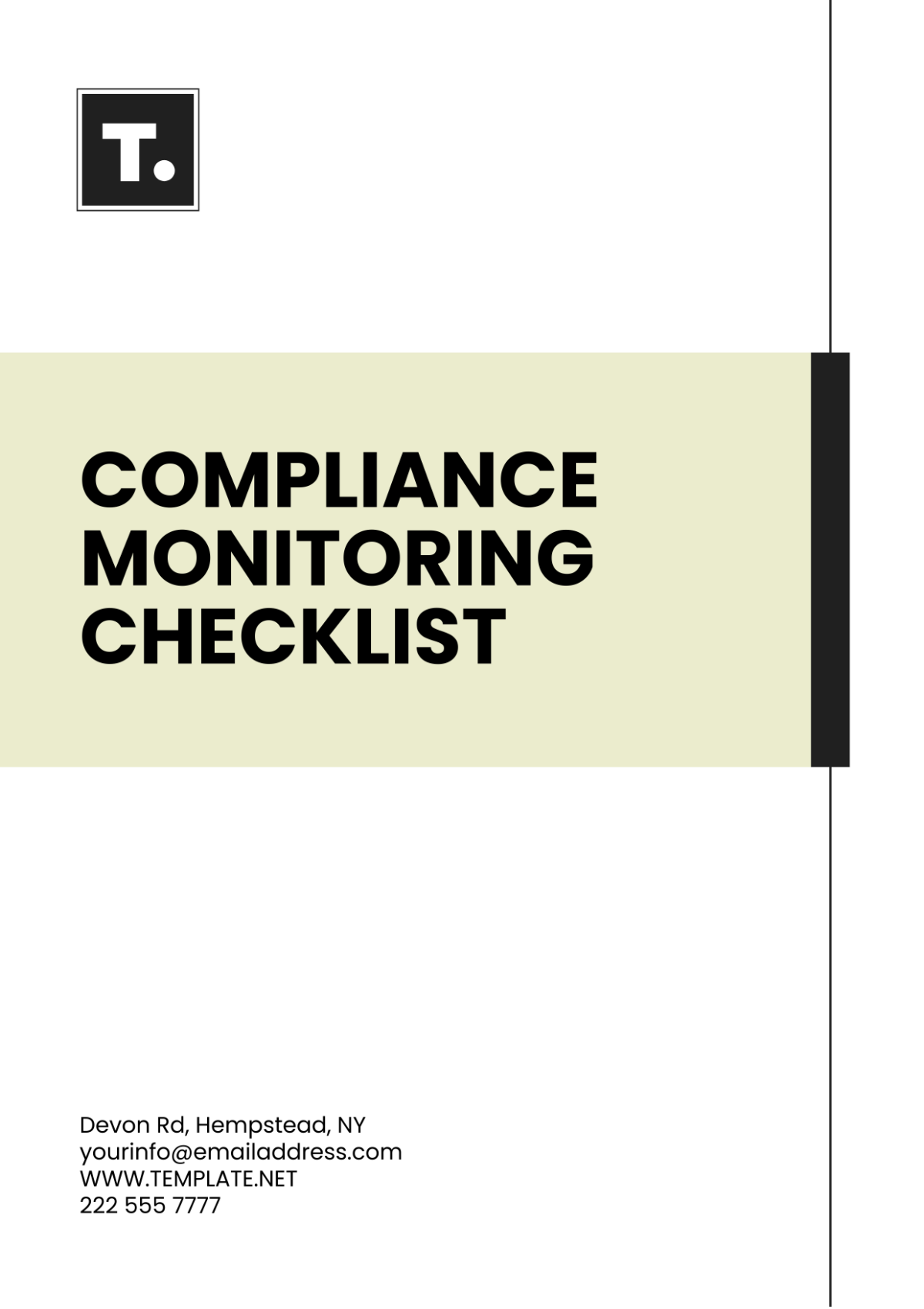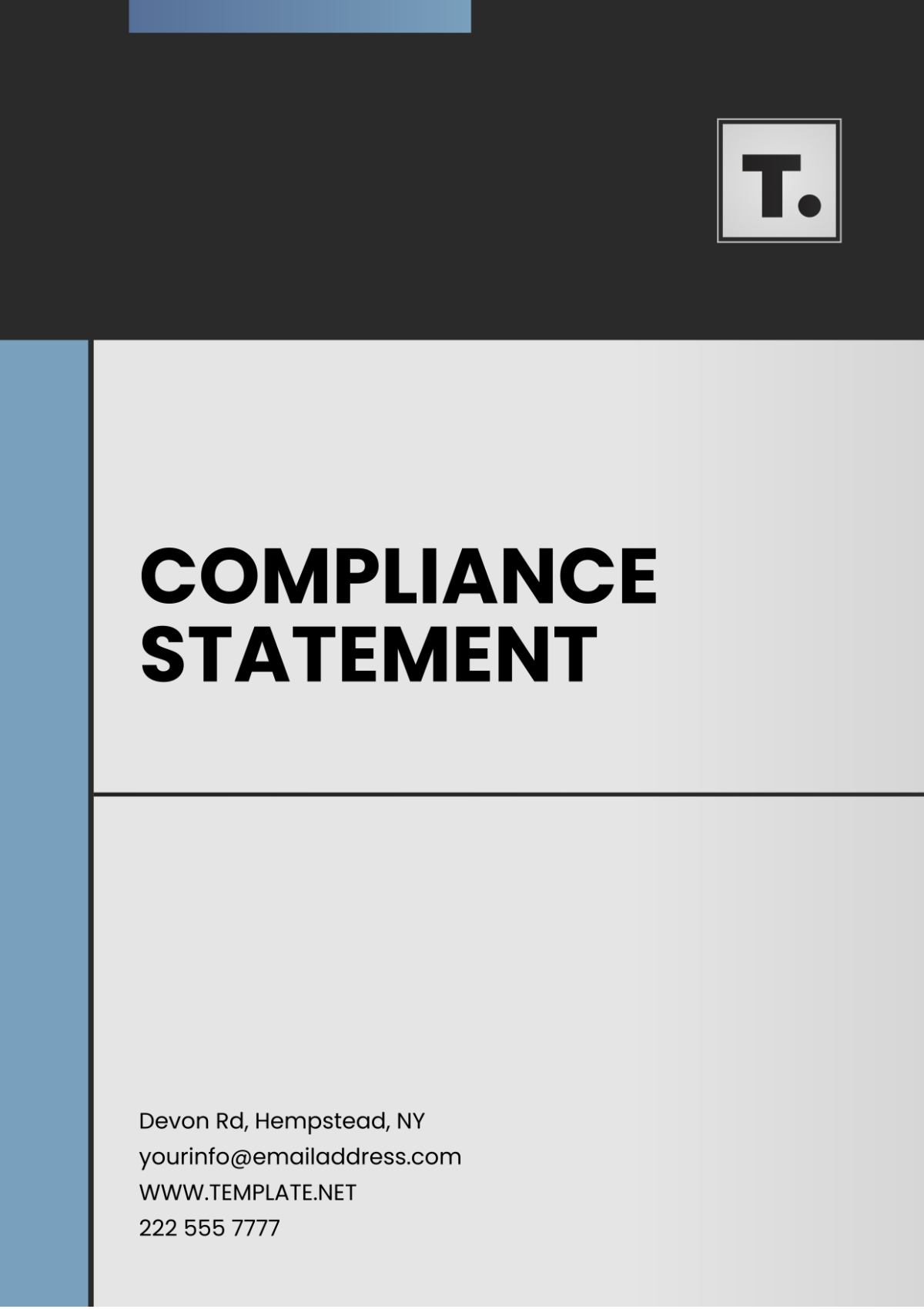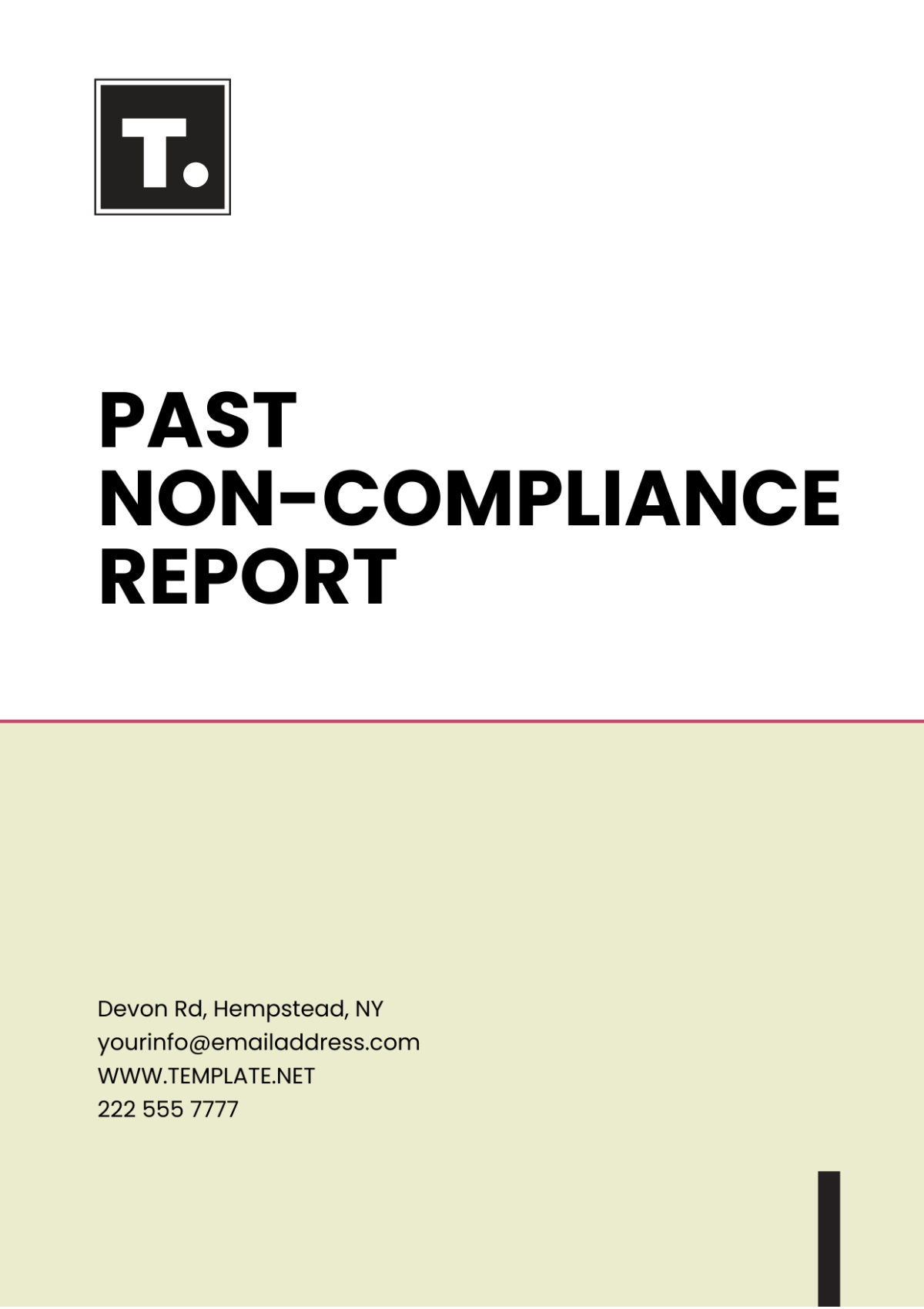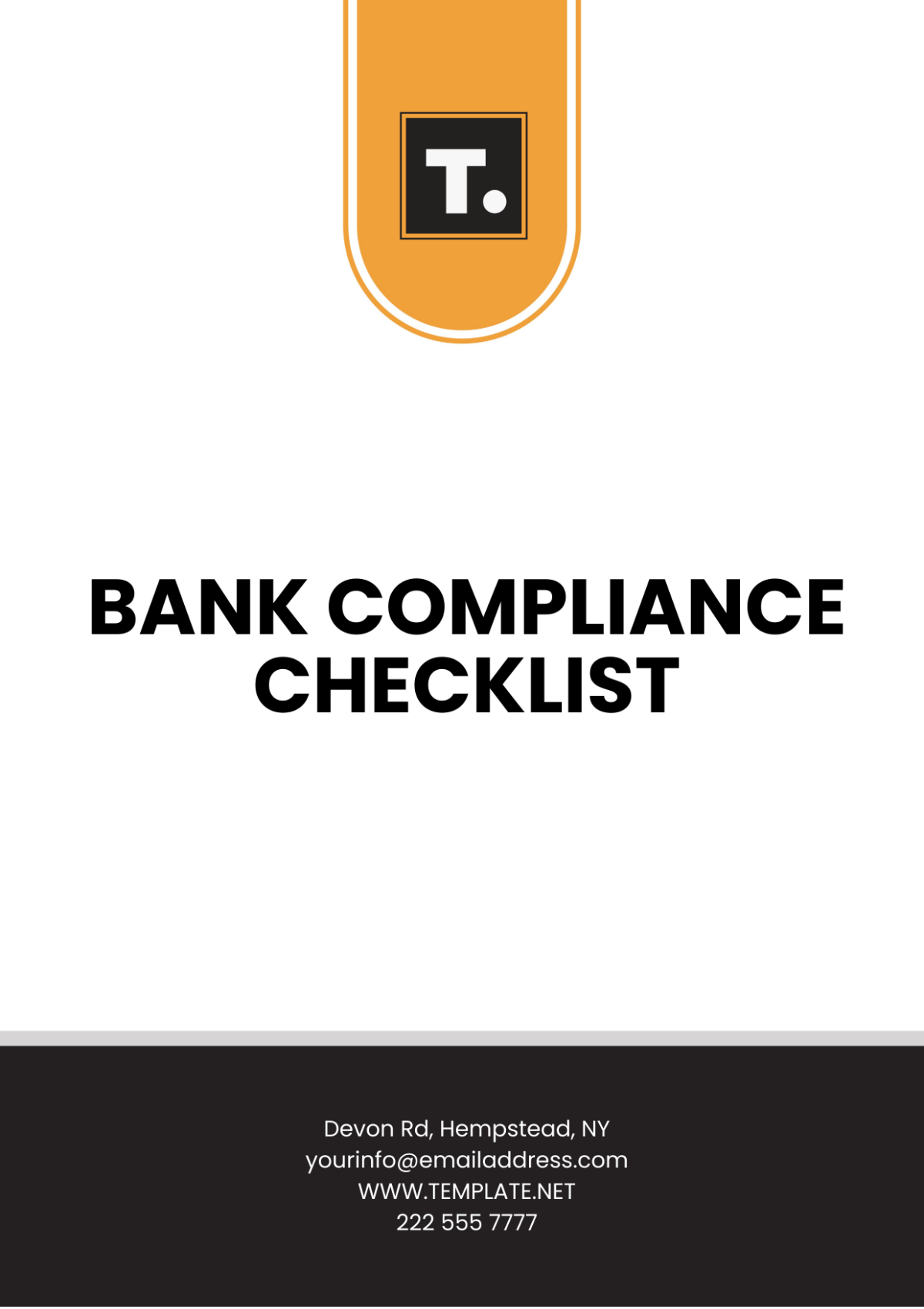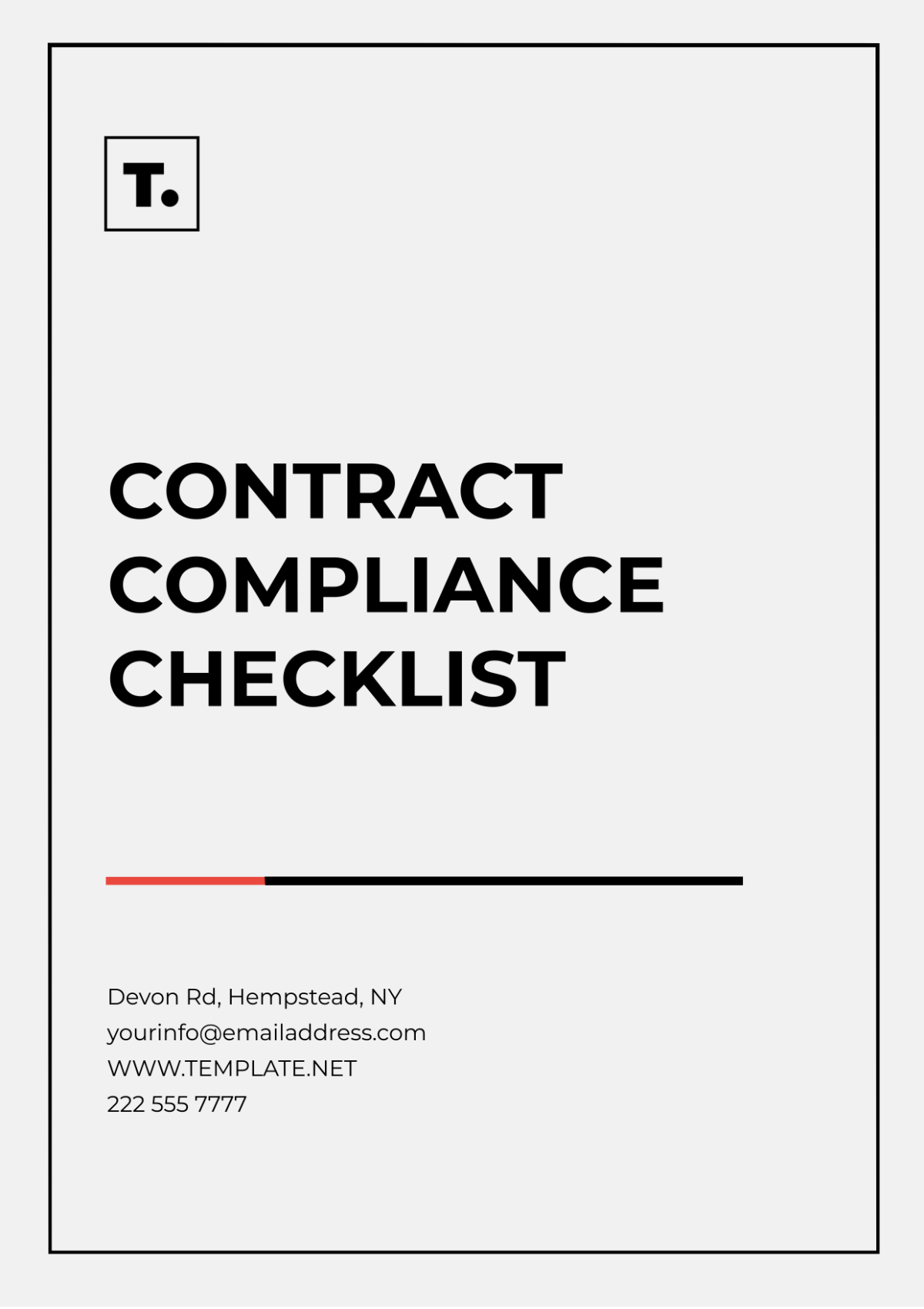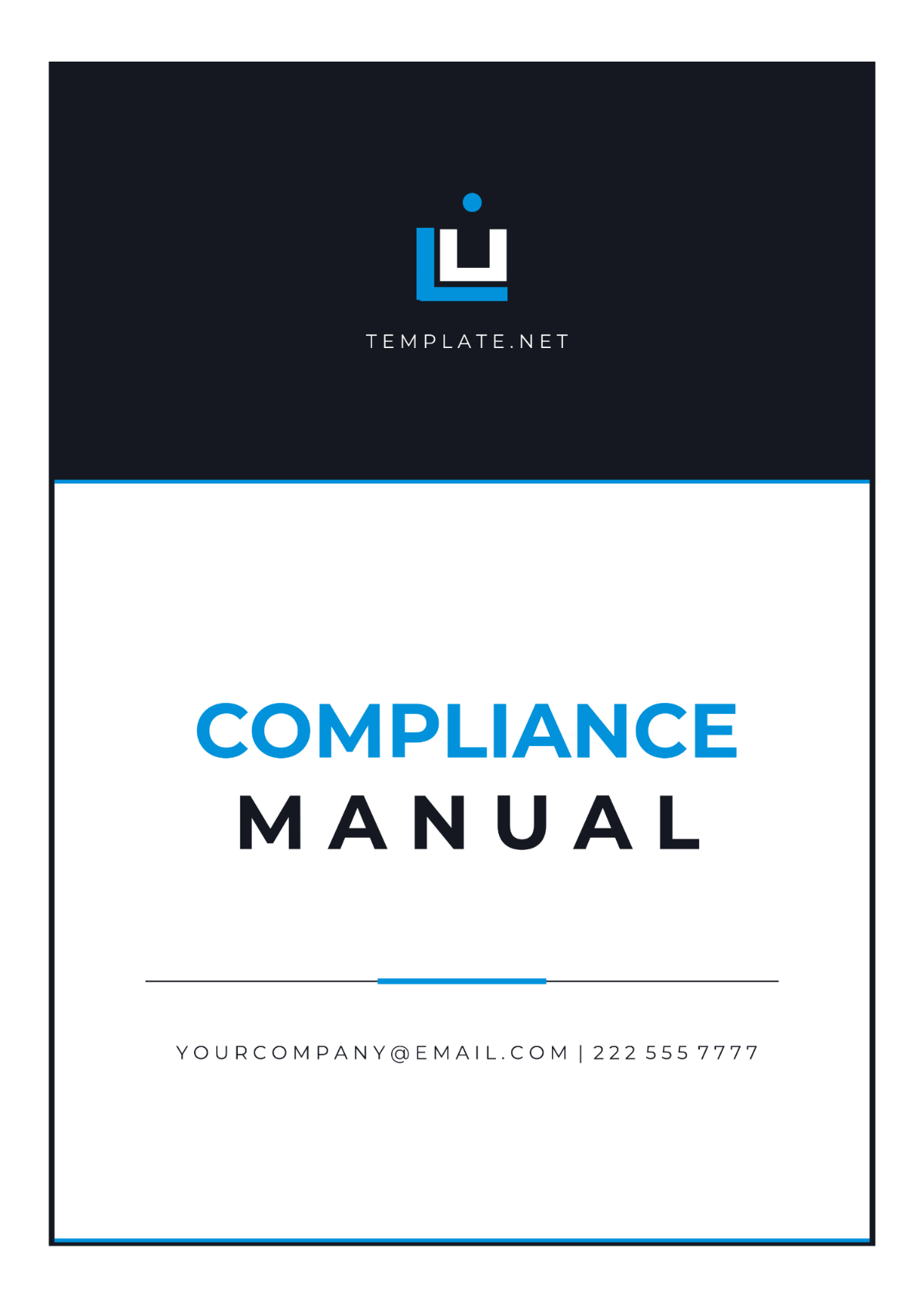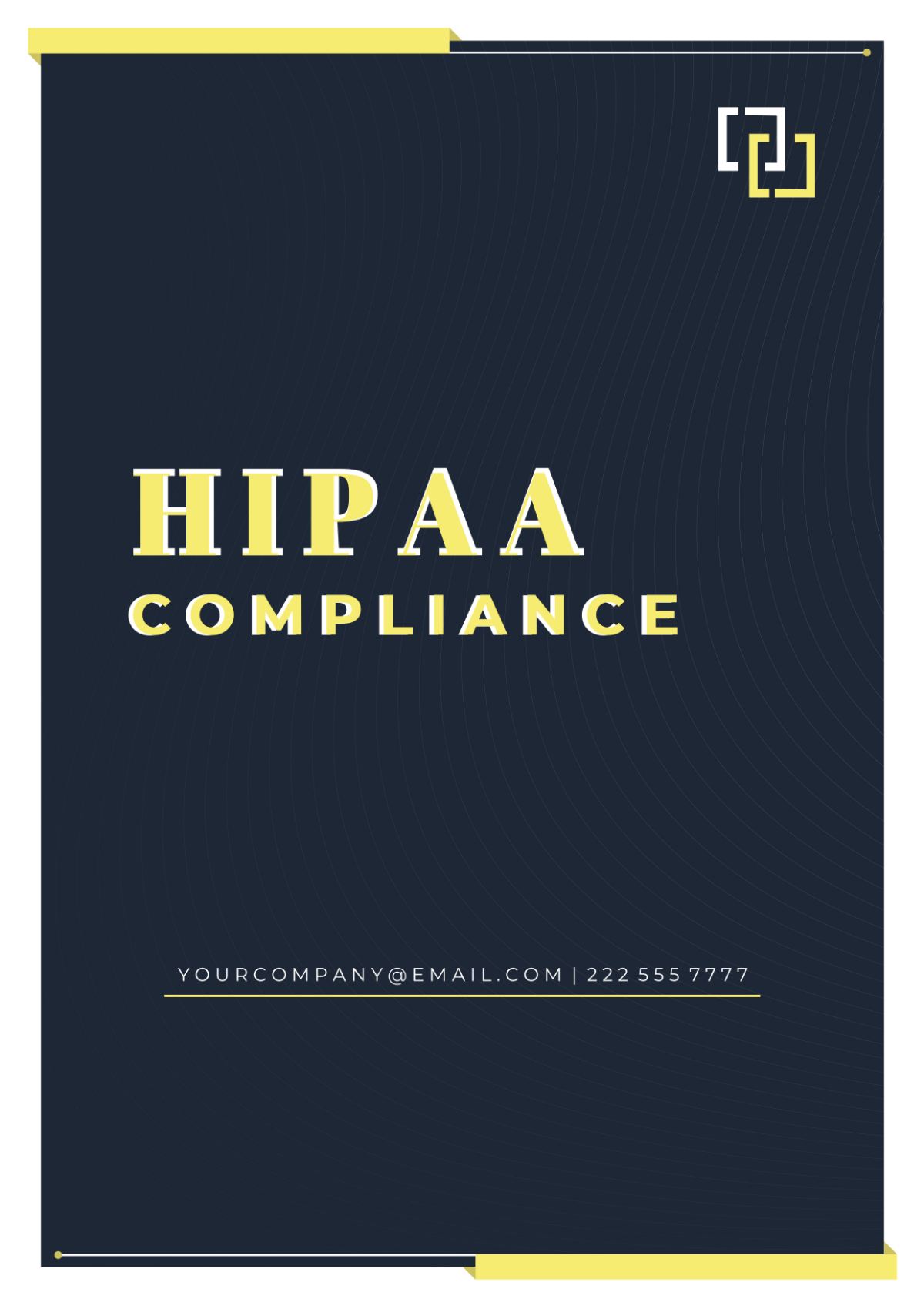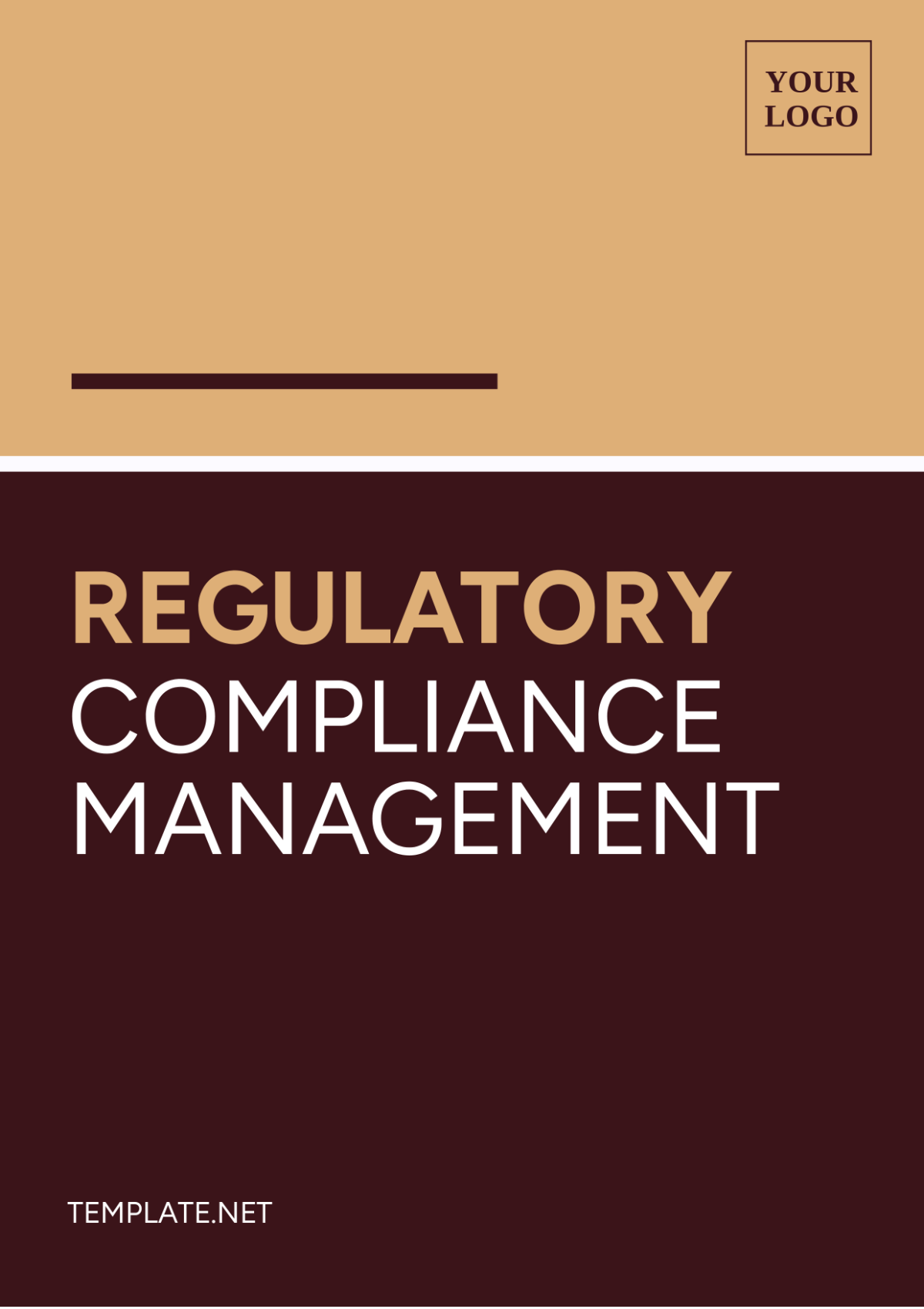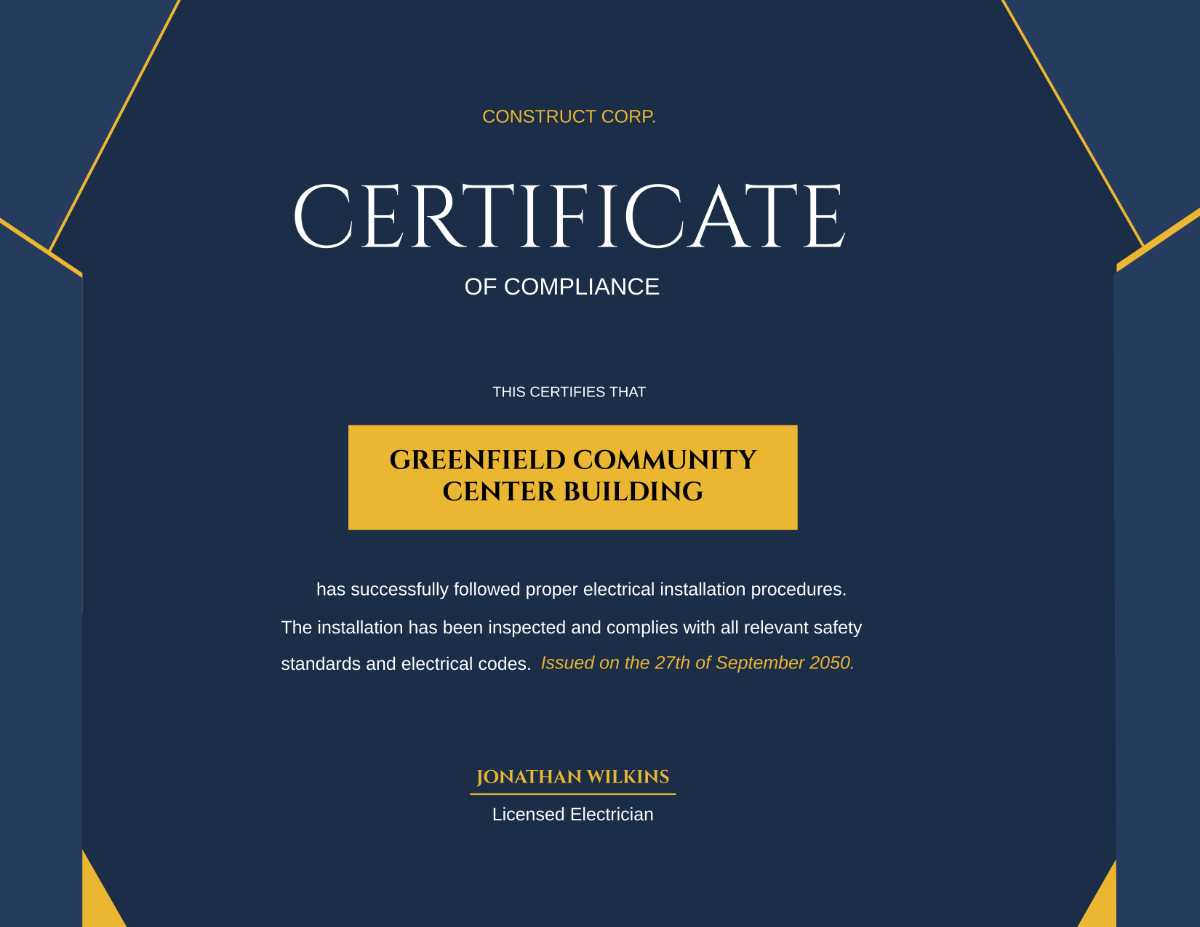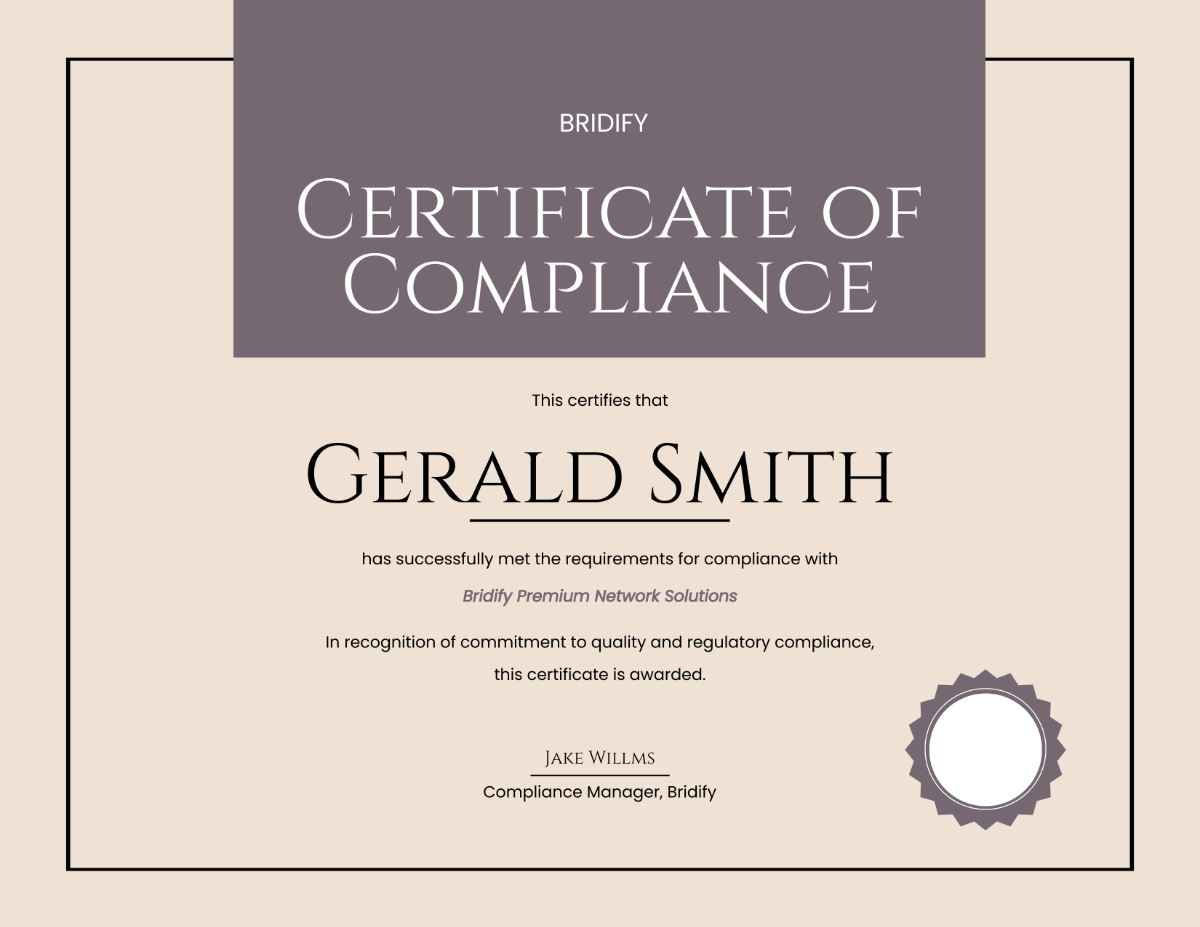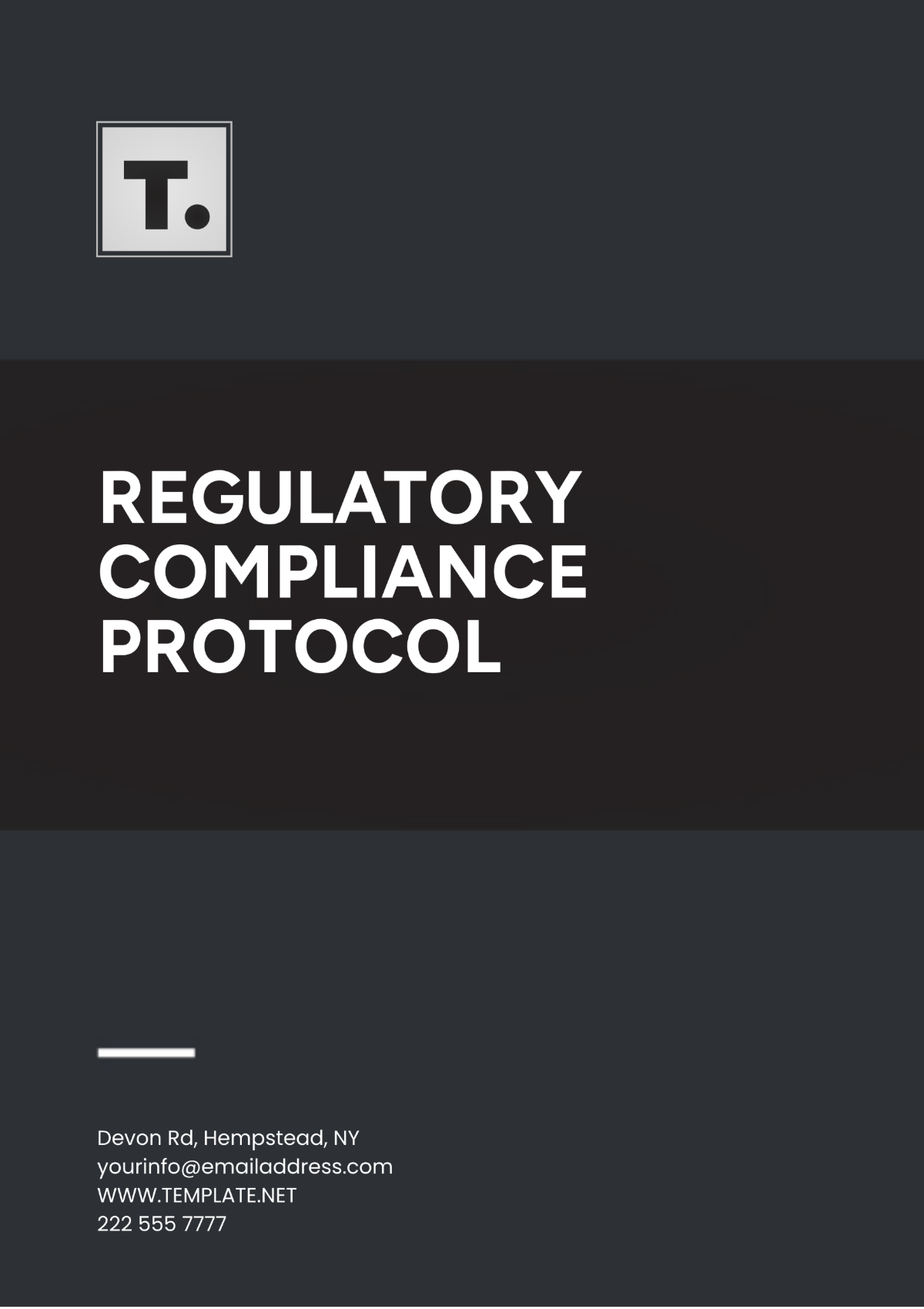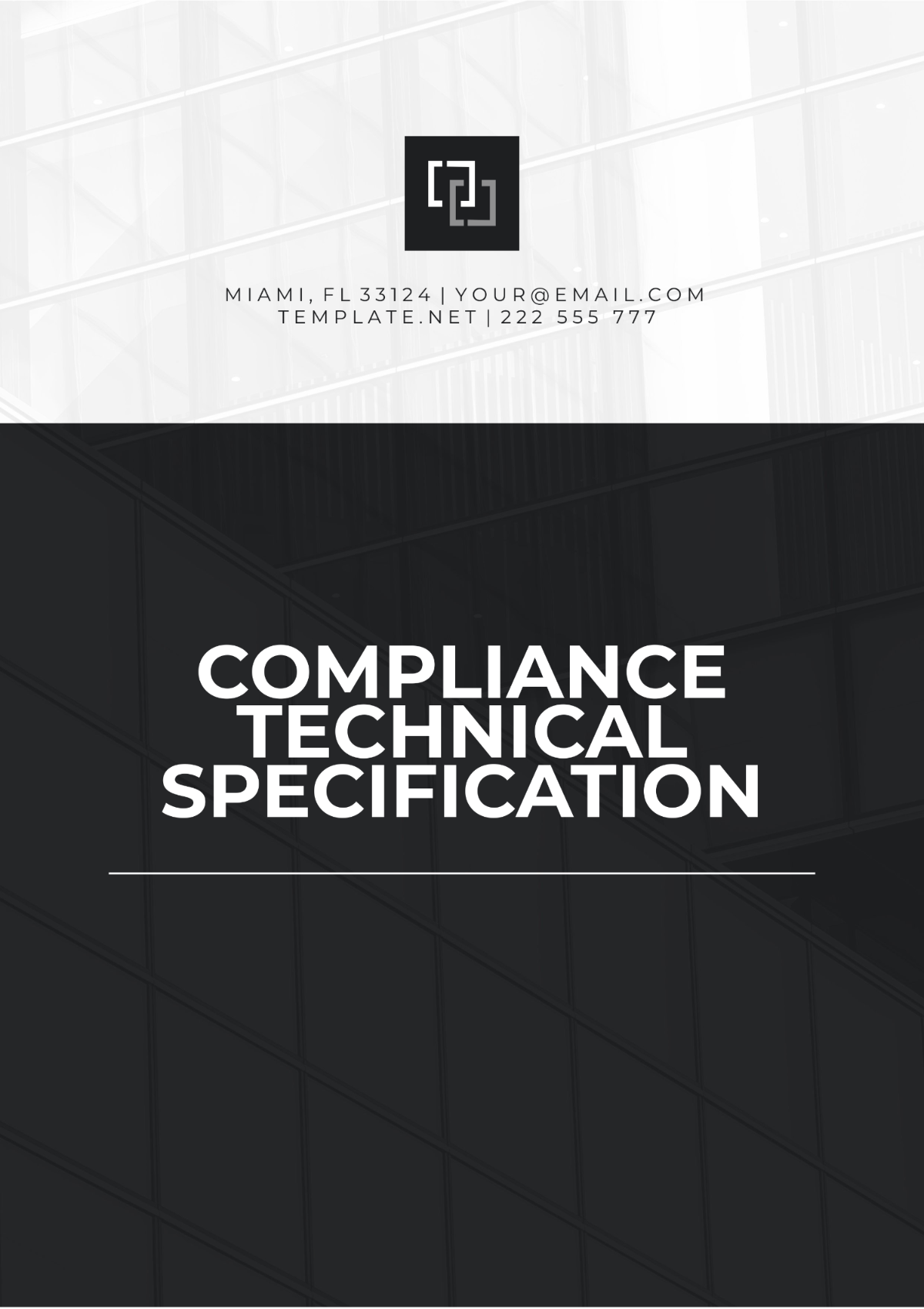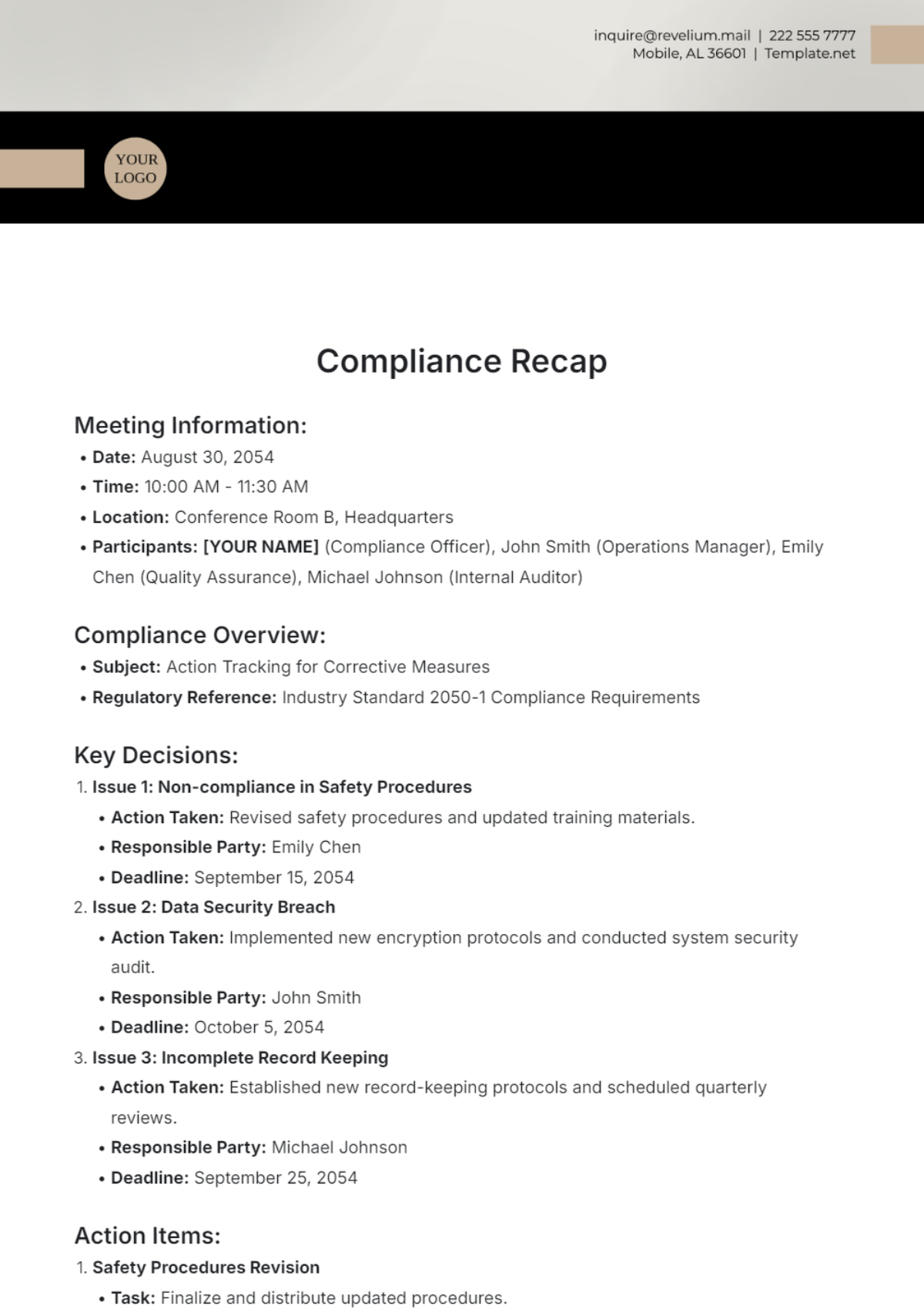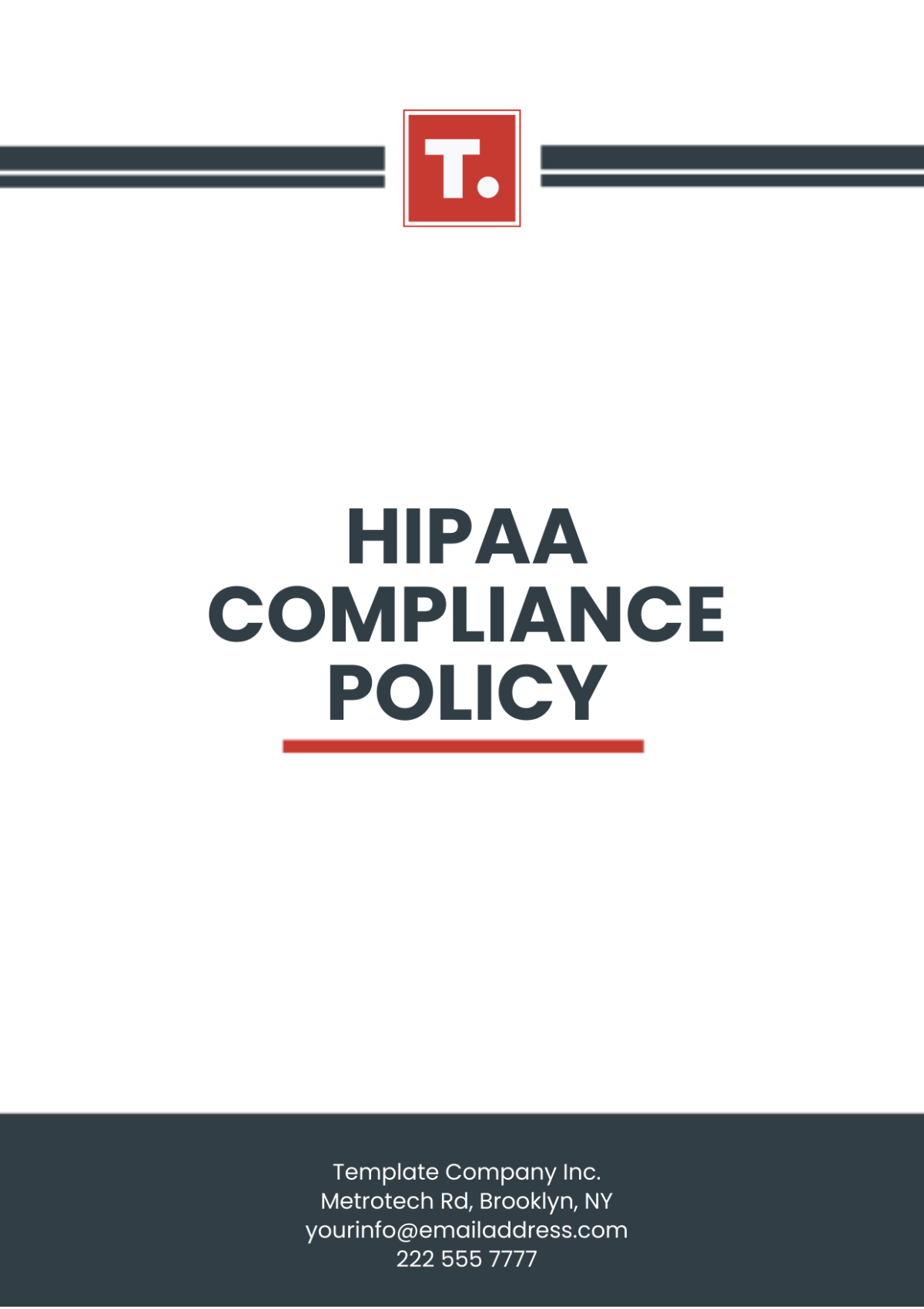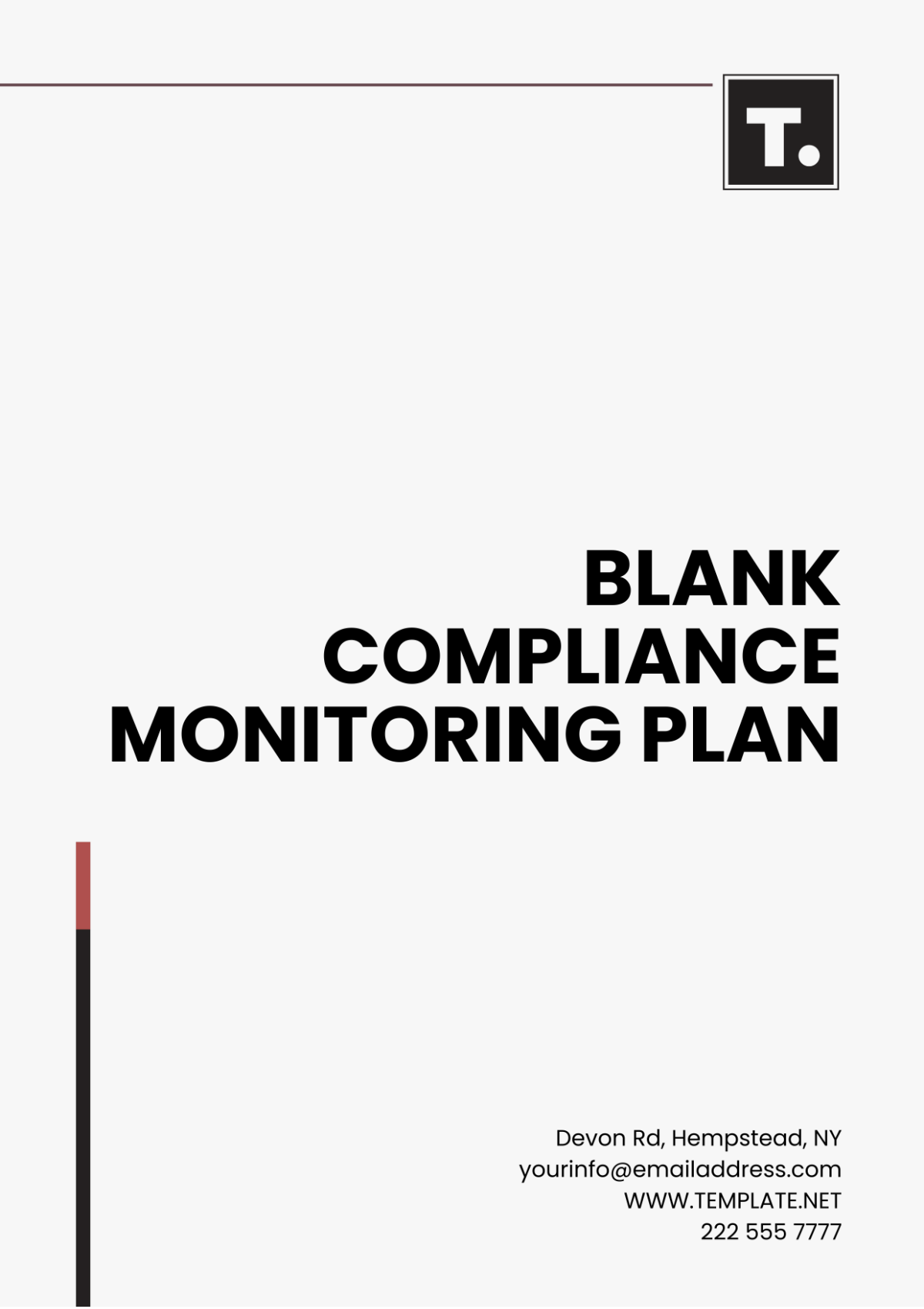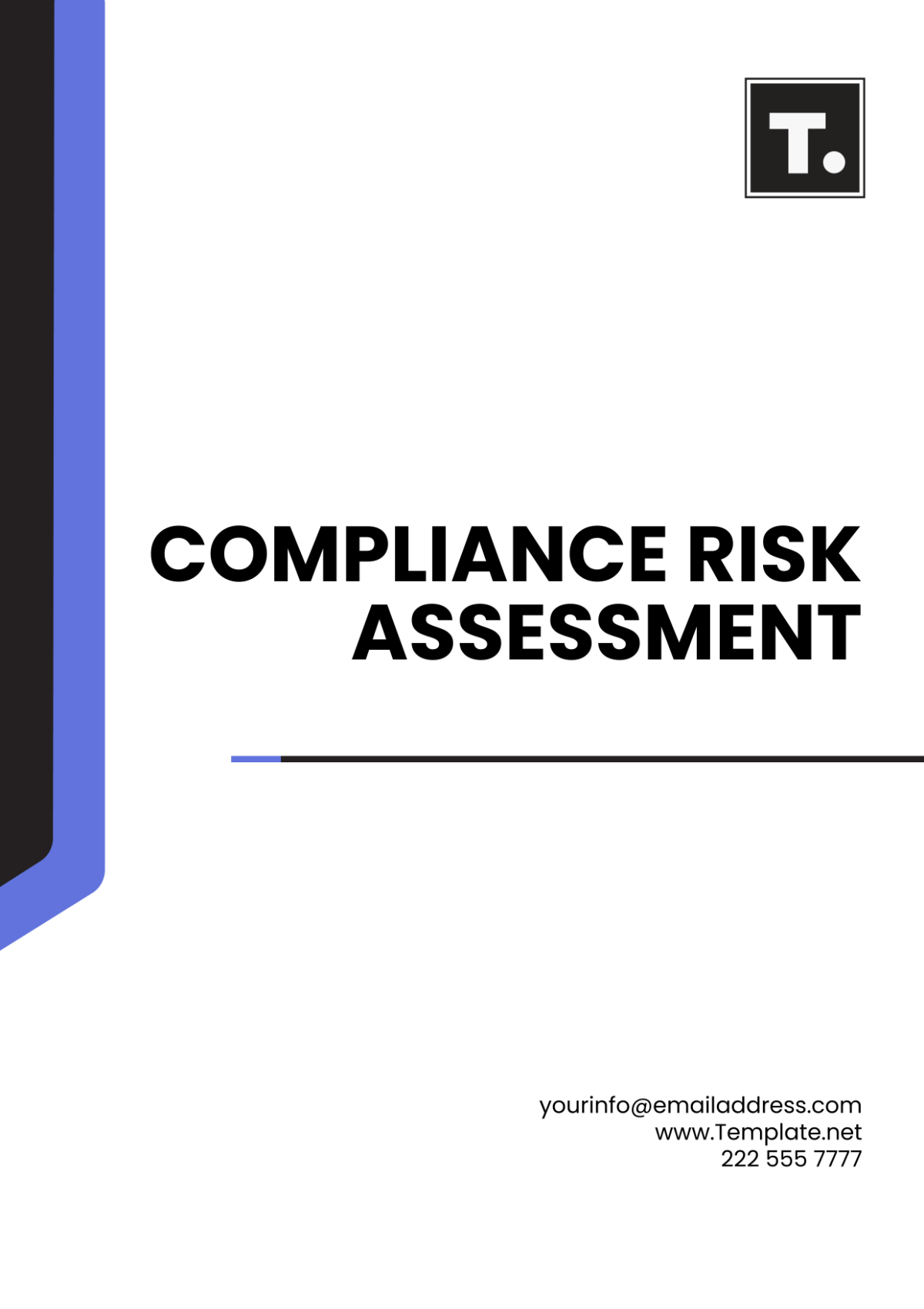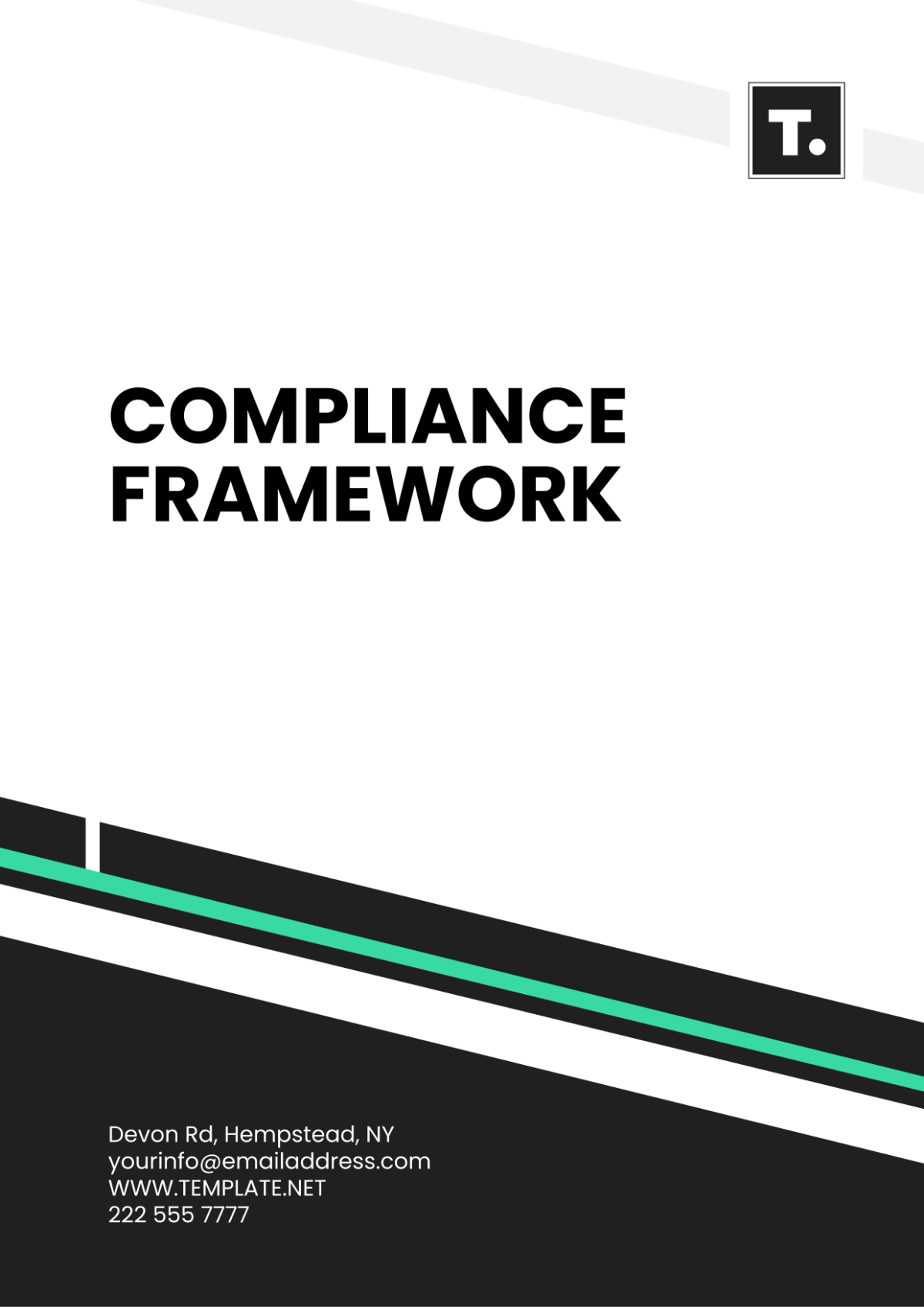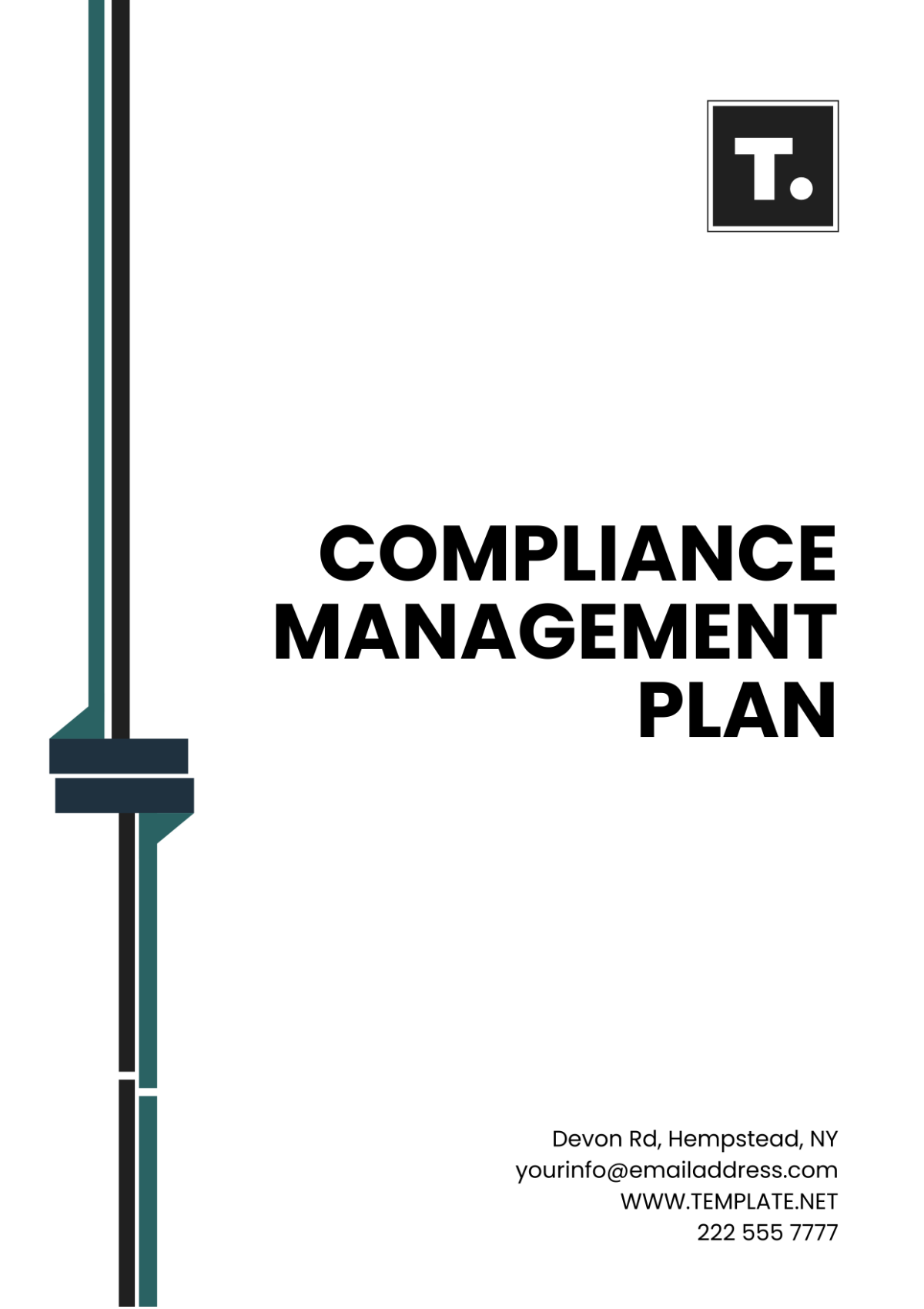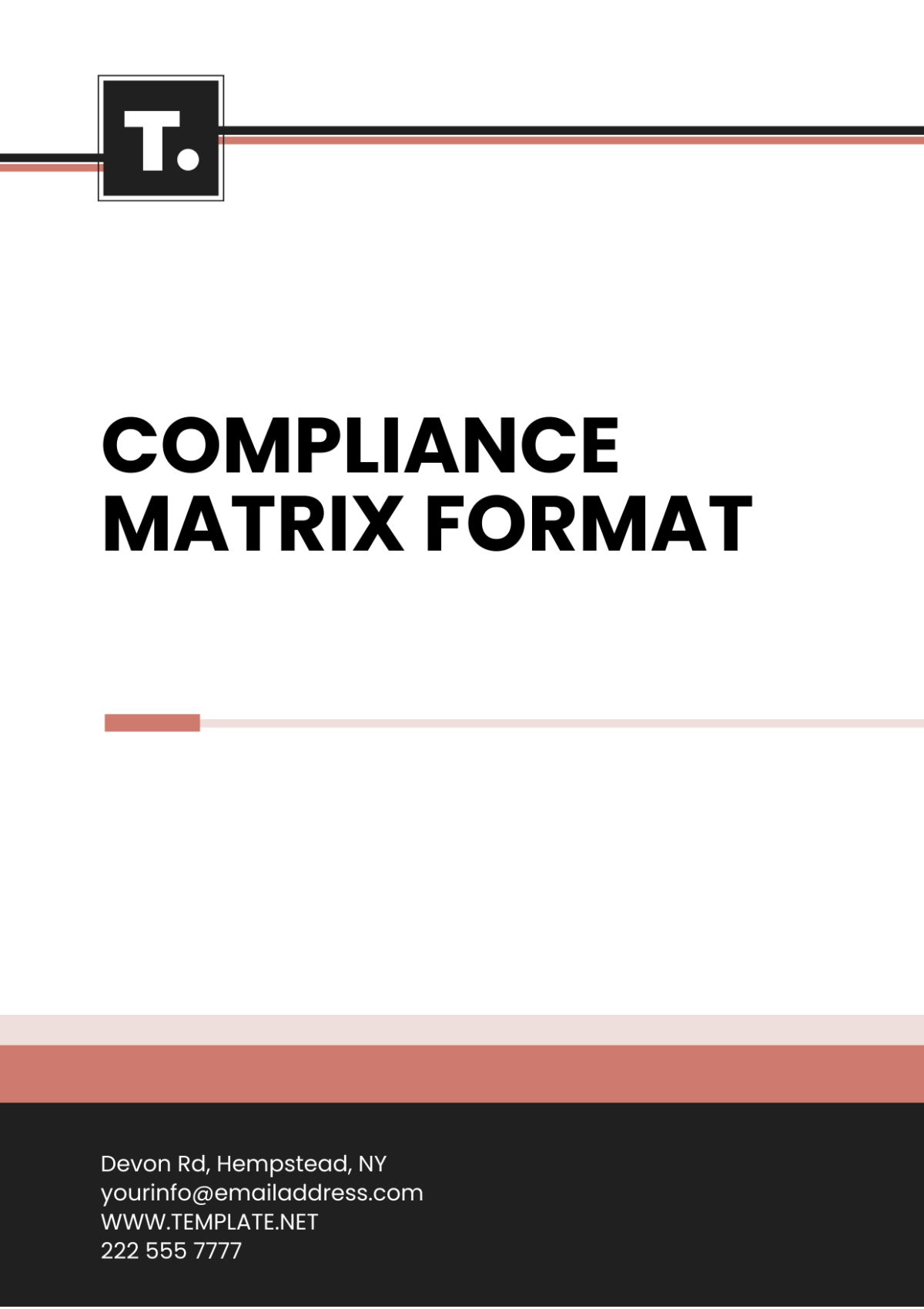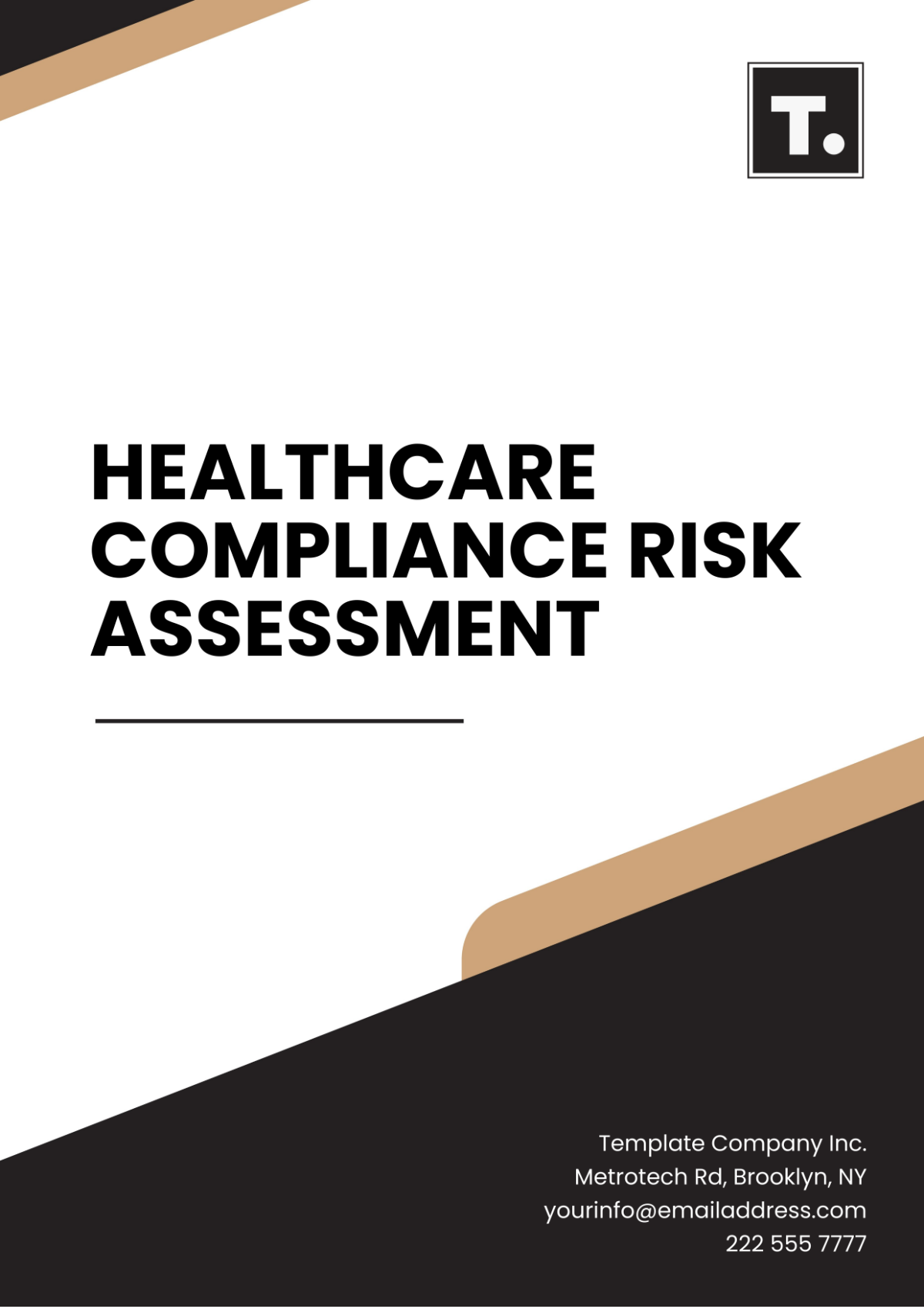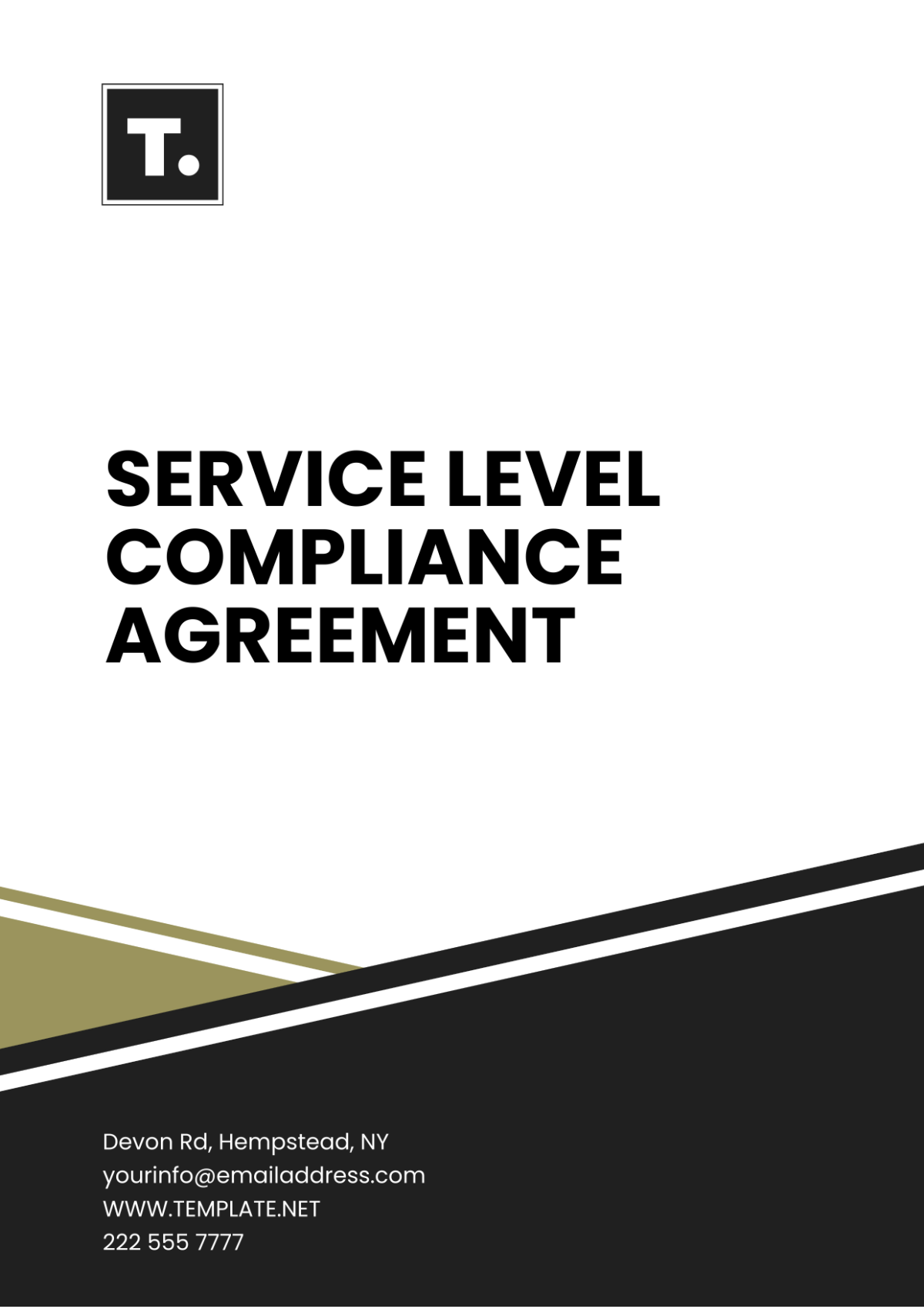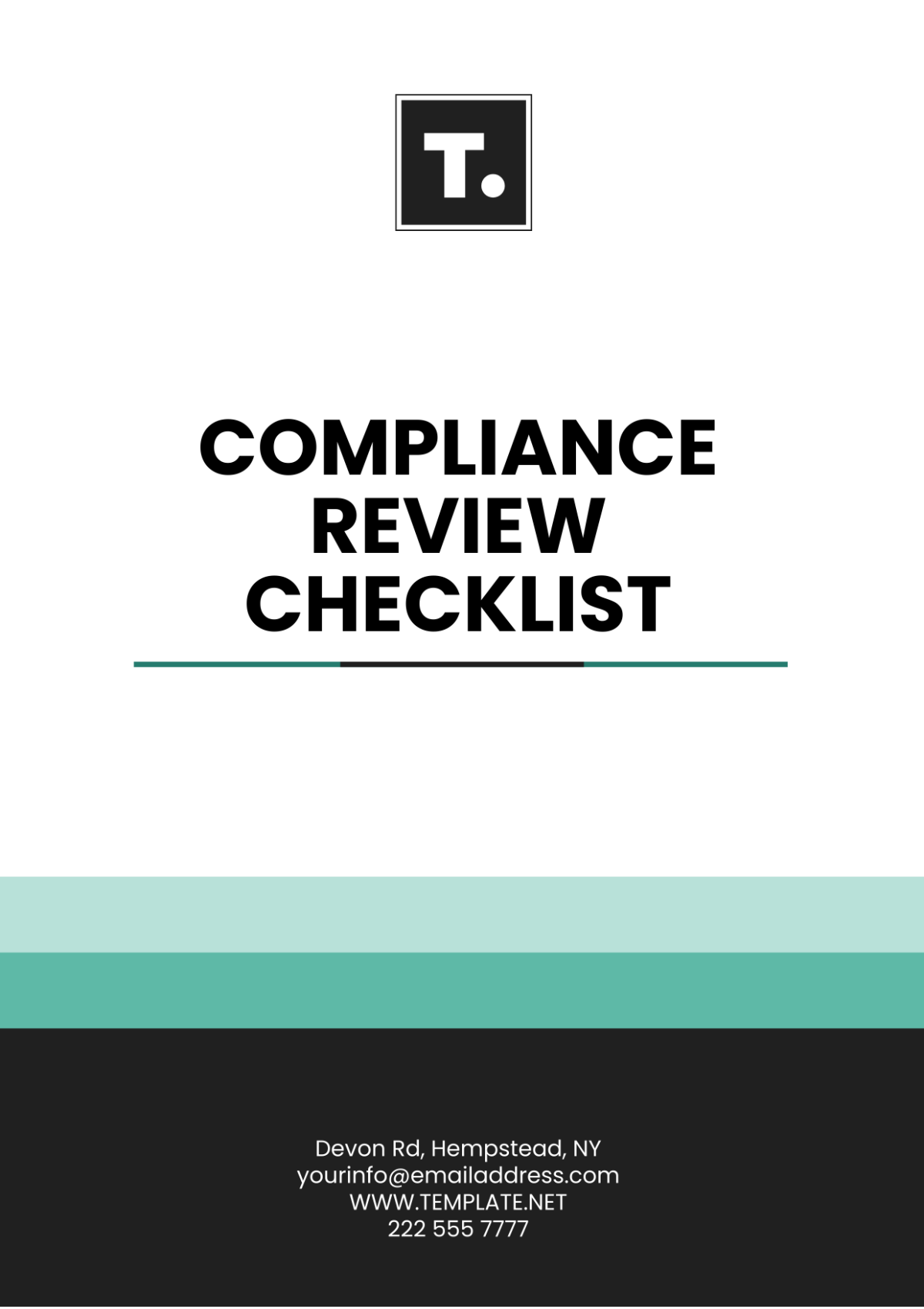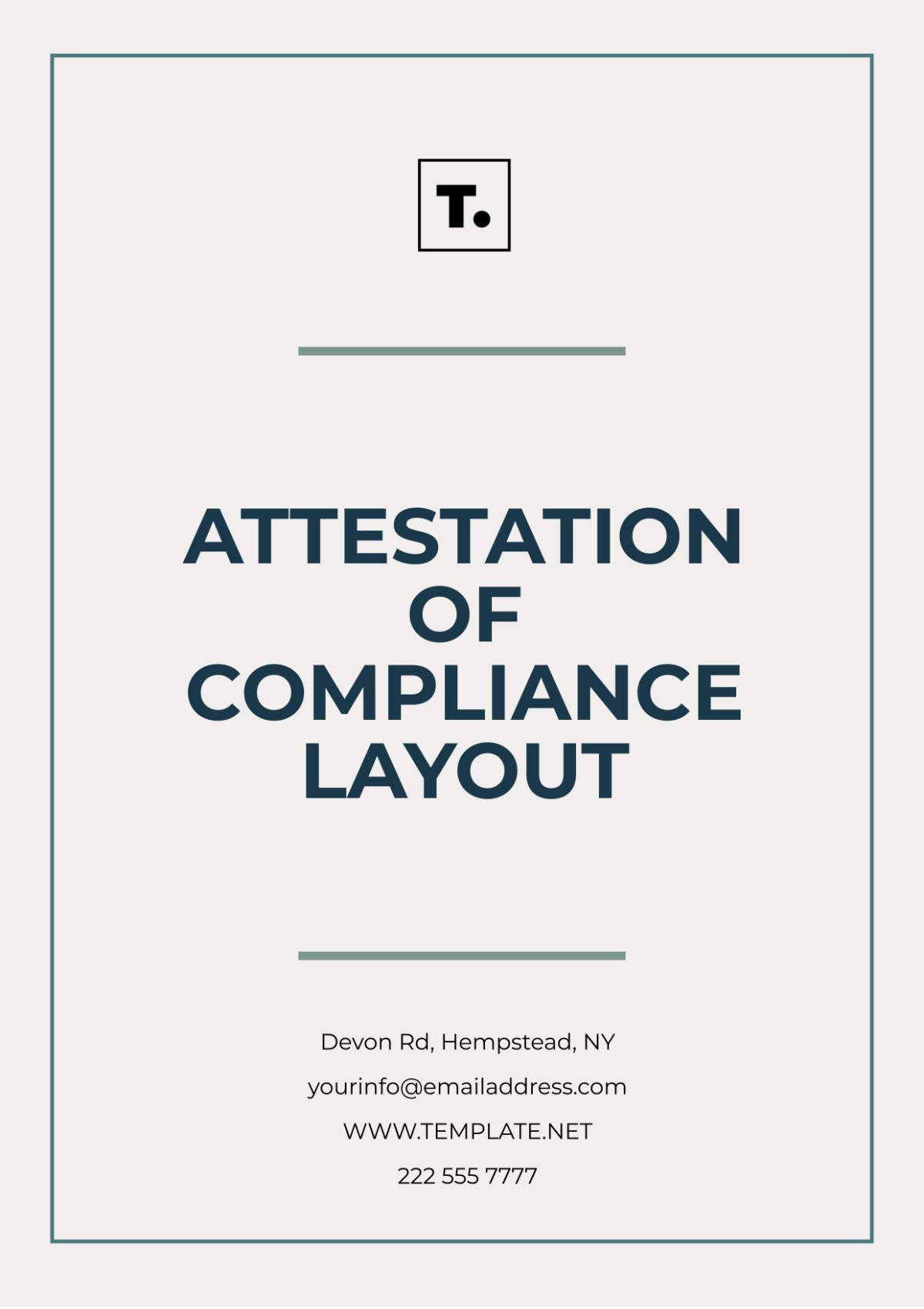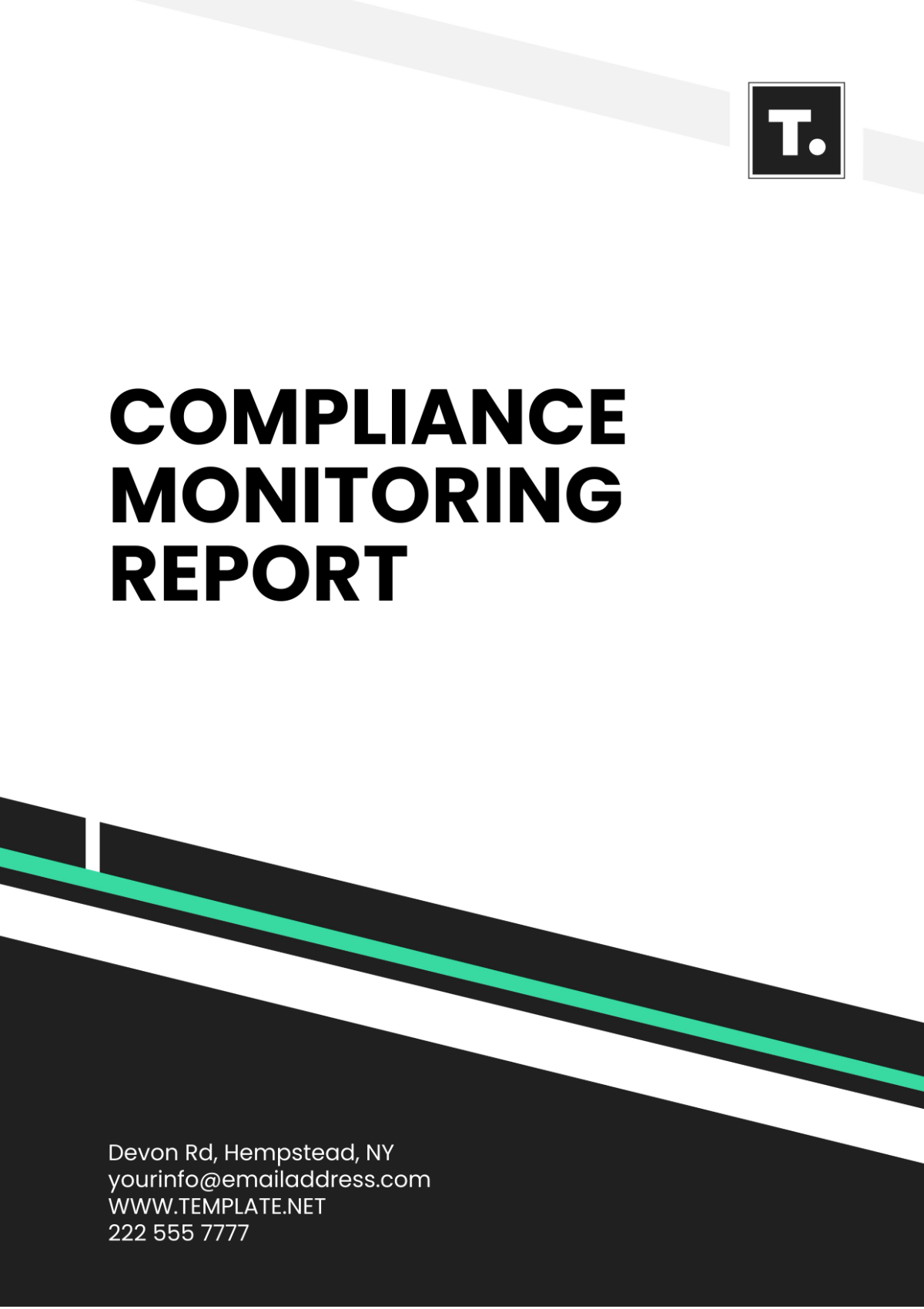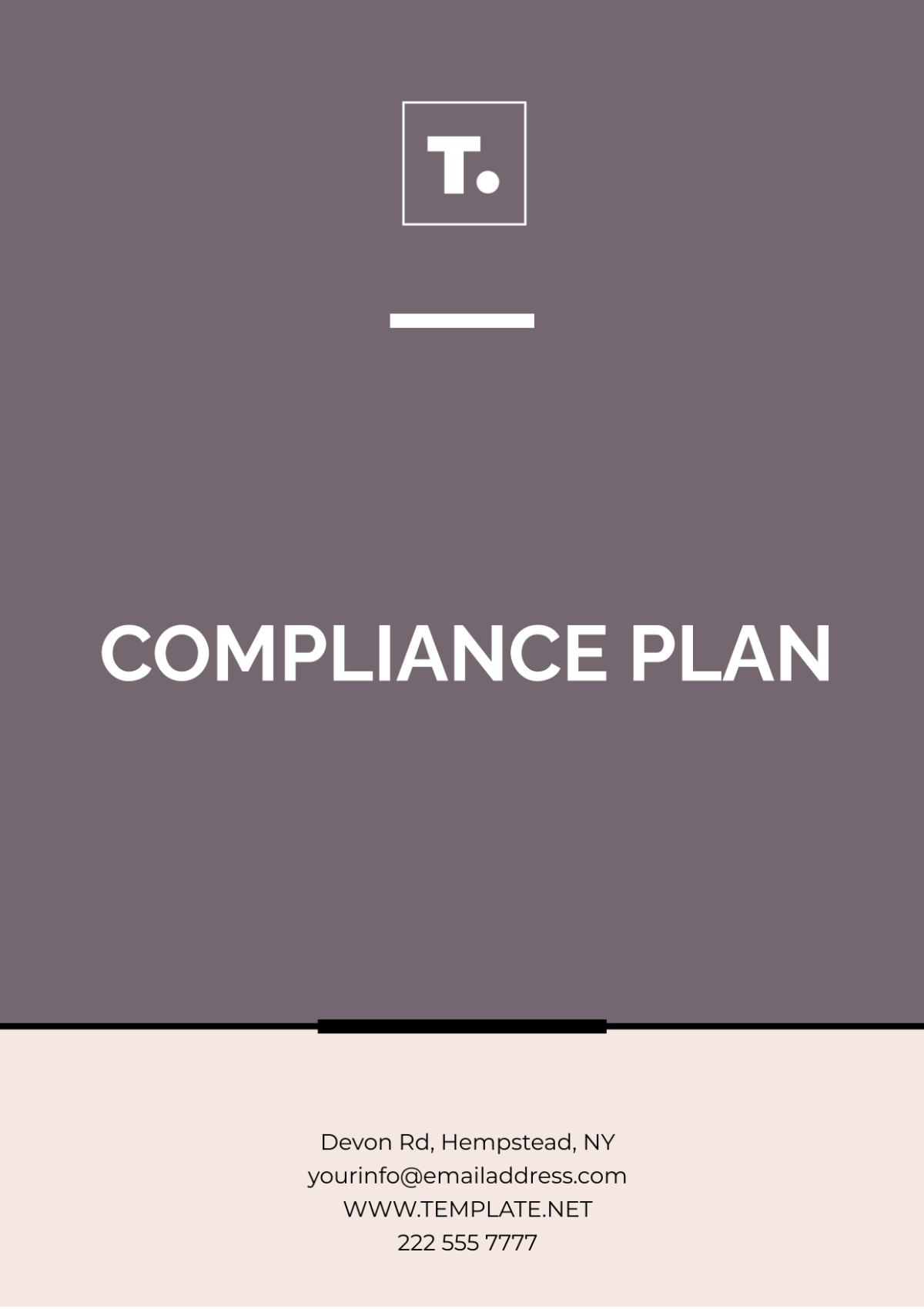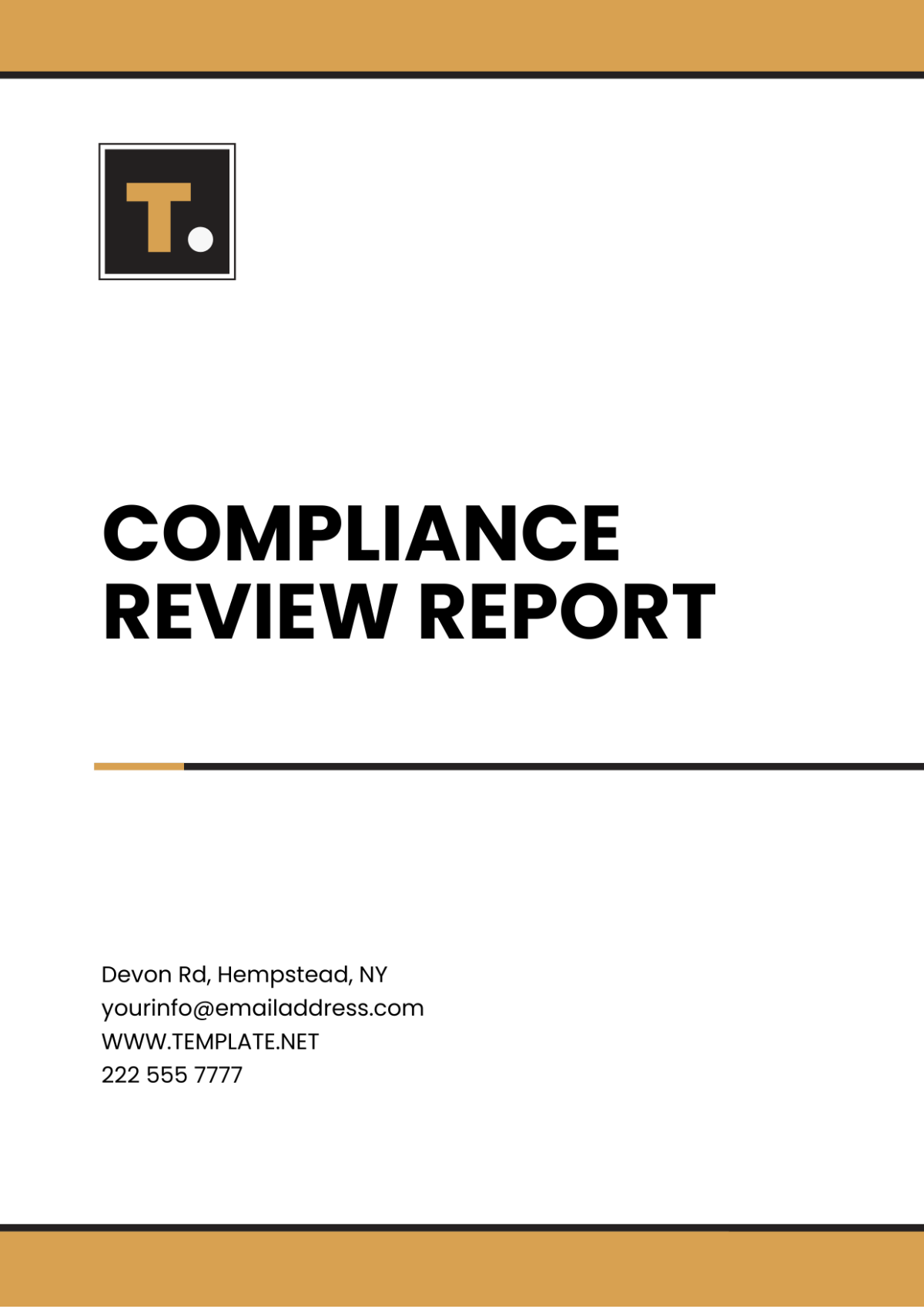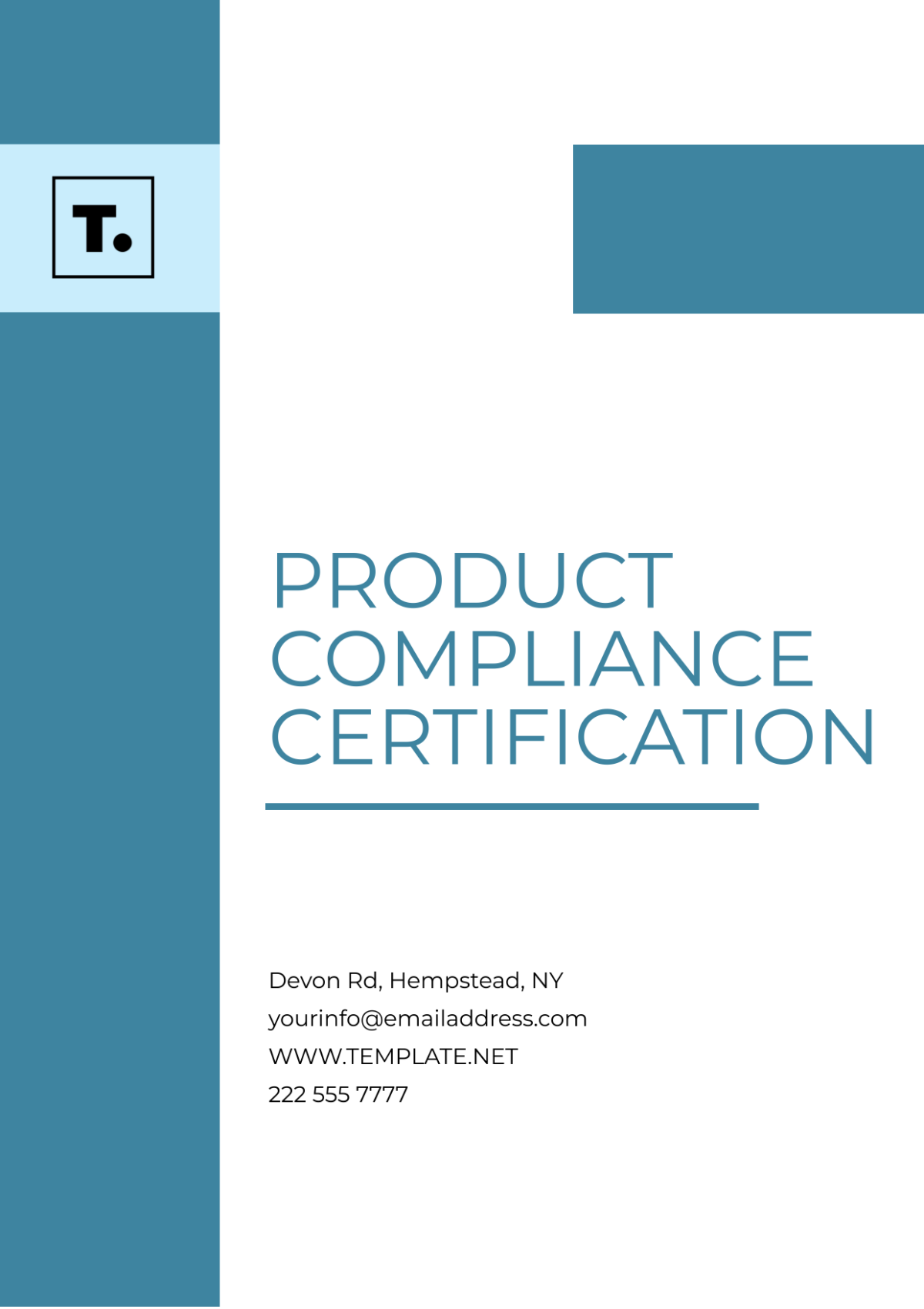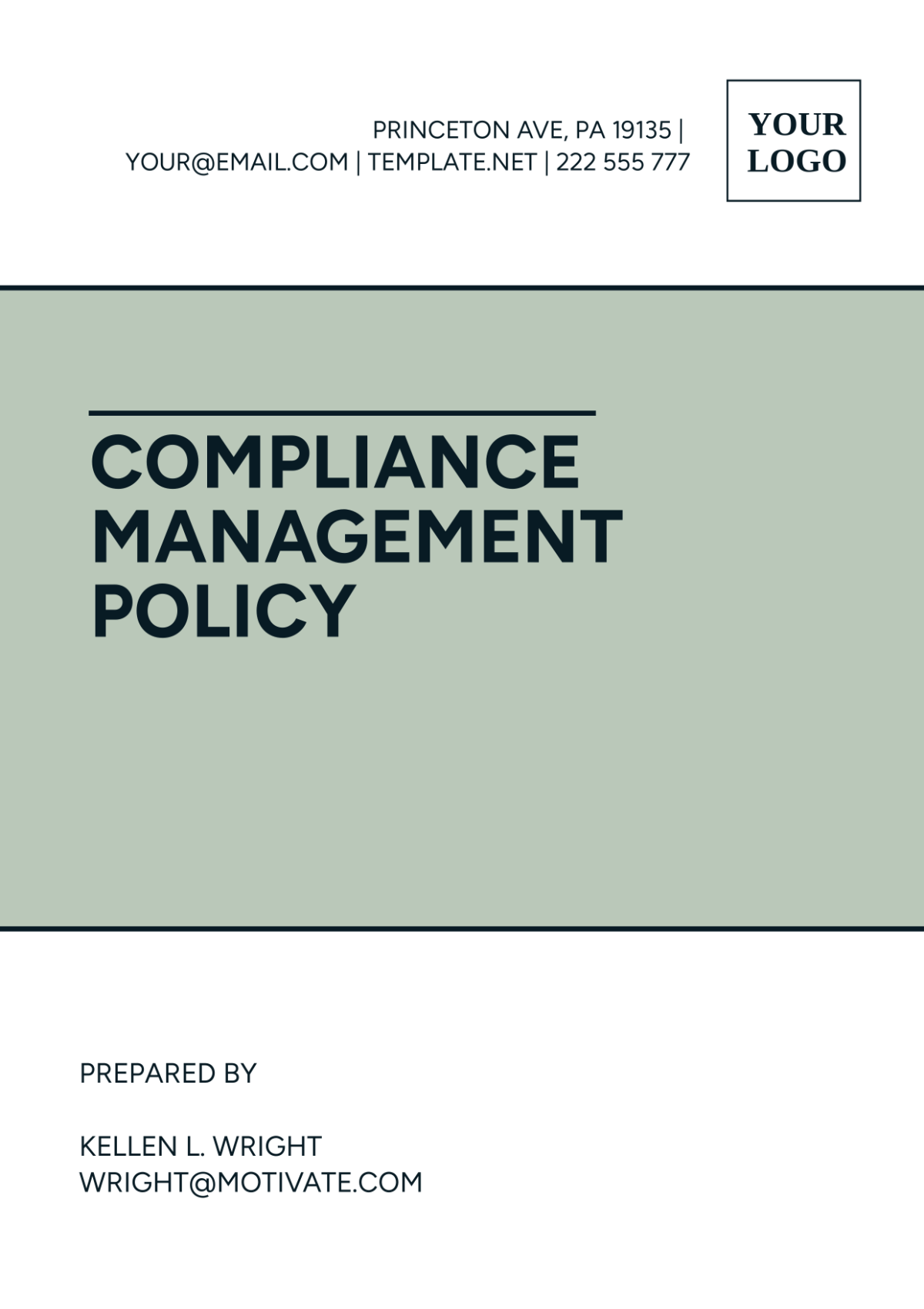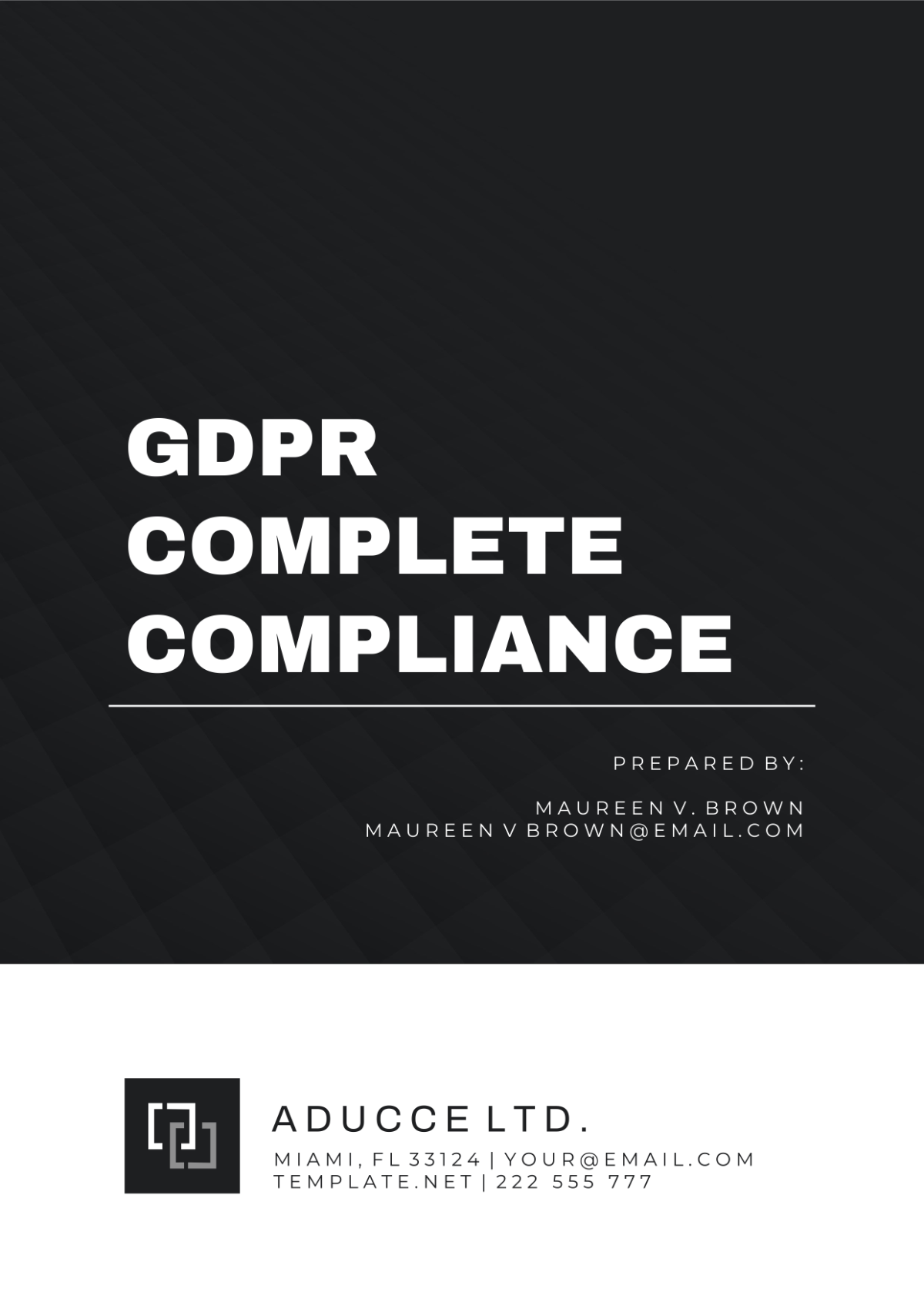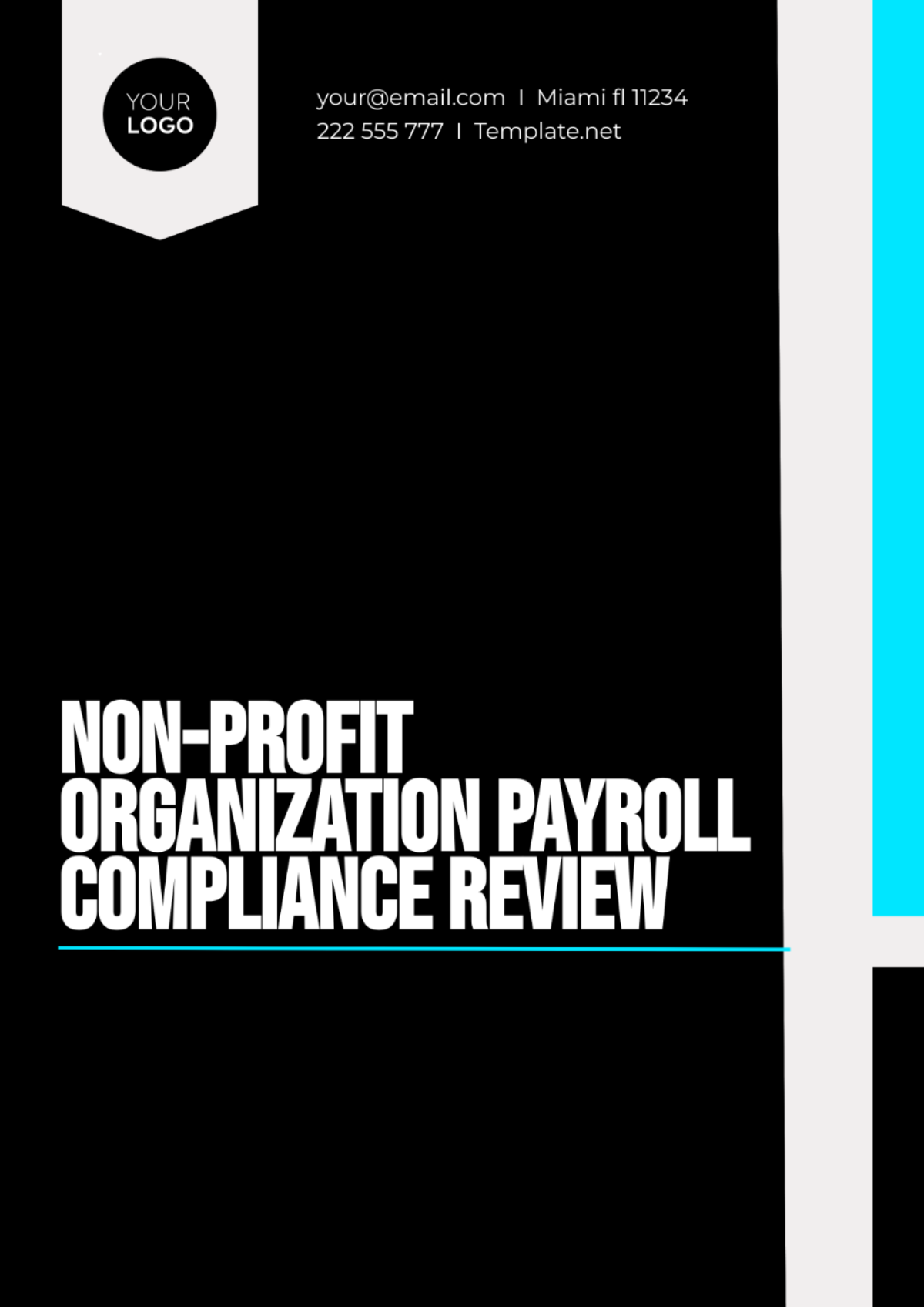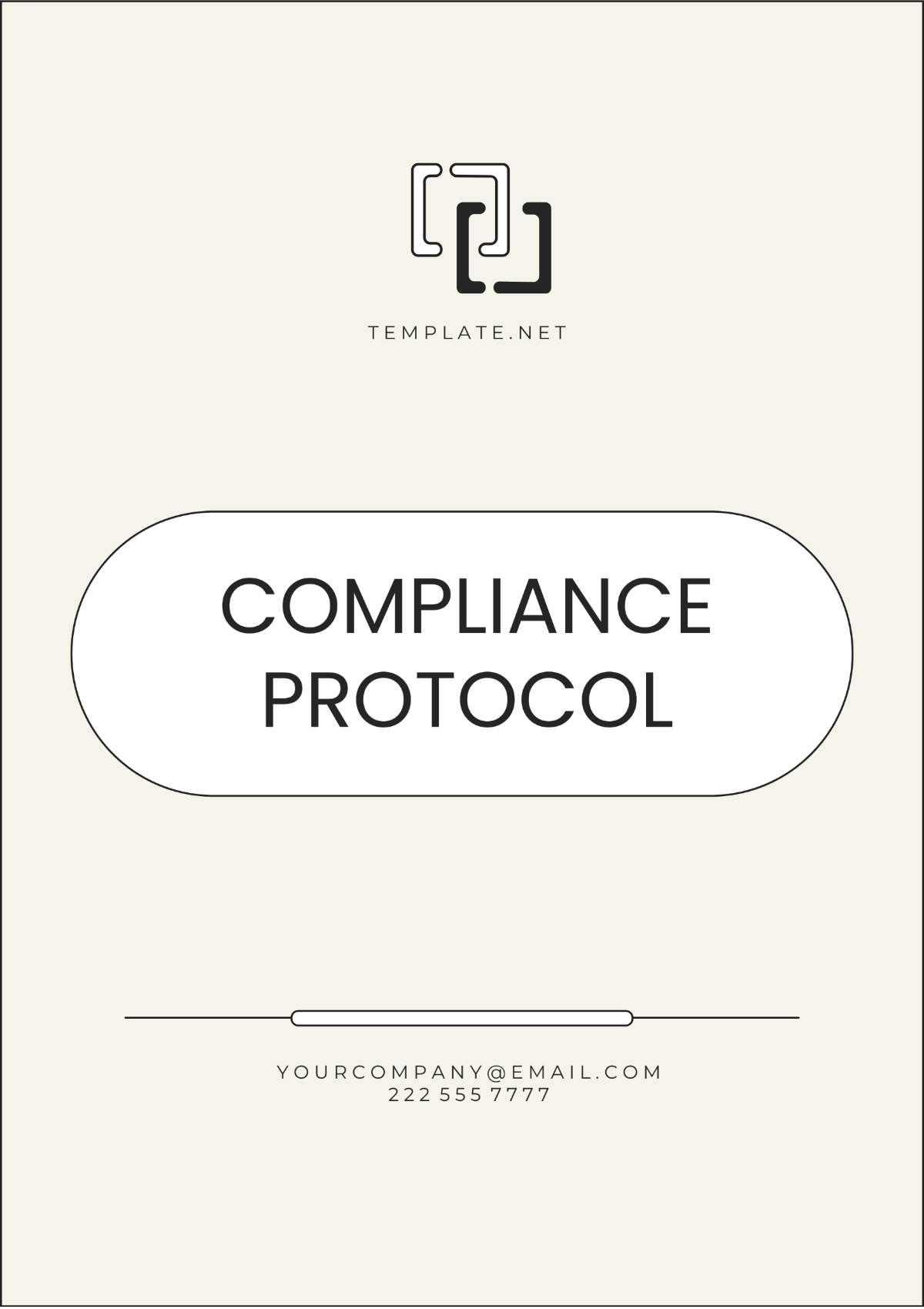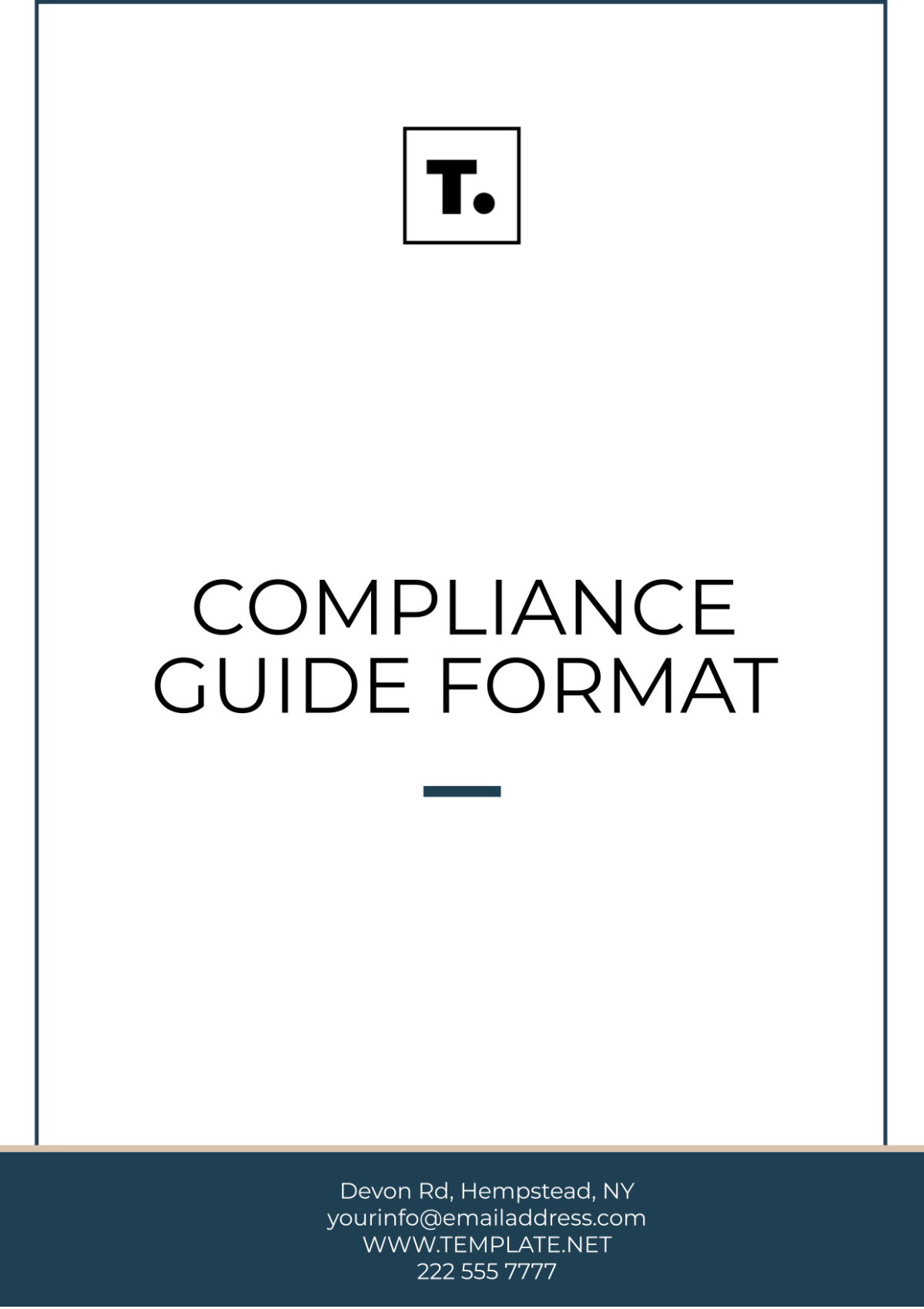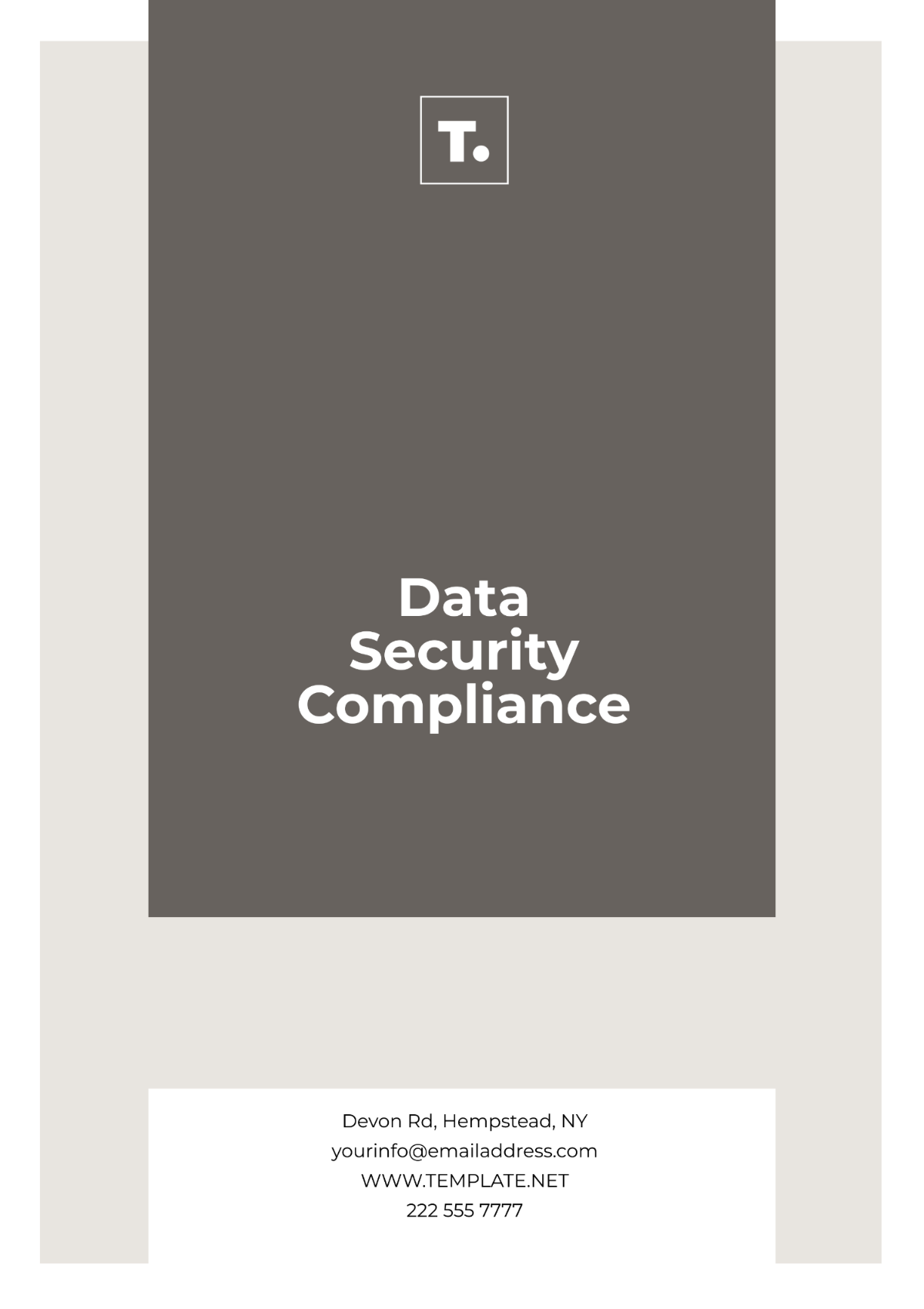Compliance Technical Specification
I. Introduction
The Compliance Technical Specification aims to outline the technical requirements necessary for achieving regulatory compliance within [YOUR COMPANY NAME]. This document covers various aspects such as data security, privacy, and industry-specific standards to ensure the organization meets all mandated regulations.
II. Objectives
Ensure data security and privacy are maintained according to regulatory standards.
Create a framework for continuous compliance monitoring and reporting.
Provide detailed technical guidelines to streamline compliance efforts across departments.
III. Scope
This specification applies to all systems, processes, and personnel involved in handling sensitive information within the organization. It covers:
Data encryption and protection
User authentication and access control
Audit trails and logging
Incident response and reporting
Regulatory requirements specific to industry standards
IV. Technical Requirements
A. Data Encryption and Protection
All sensitive data must be encrypted both at rest and in transit using industry-standard protocols.
Encryption Standards: AES-256 for data at rest, TLS 1.2+ for data in transit.
Key Management: Secure key management practices must be implemented, including periodic key rotation.
B. User Authentication and Access Control
Robust authentication mechanisms must be in place to ensure only authorized access to sensitive data.
Requirement | Description |
|---|---|
Multi-Factor Authentication (MFA) | MFA must be required for all user access to sensitive systems. |
Role-Based Access Control (RBAC) | Access should be granted based on user roles and the principle of least privilege. |
C. Audit Trails and Logging
Comprehensive logging and audit trails must be maintained for all activities involving sensitive data to ensure traceability and accountability.
Logs must be stored securely and protected from tampering.
Audit logs should be reviewed regularly to identify and address any discrepancies.
D. Incident Response and Reporting
A structured incident response plan must be in place to address any data breaches or security incidents promptly.
Immediate notification to compliance and security teams upon detection of an incident.
Detailed incident reporting including root cause analysis and mitigation steps.
V. Industry-Specific Requirements
A. Healthcare (HIPAA)
Compliance with Health Insurance Portability and Accountability Act (HIPAA) standards is mandatory for handling patient information.
Ensure all Protected Health Information (PHI) is encrypted and access-controlled.
Implement HIPAA-compliant data retention policies.
B. Financial Services (PCI DSS)
Compliance with Payment Card Industry Data Security Standard (PCI DSS) is required for processing payment information.
Adhere to PCI DSS requirements for network security and vulnerability management.
Conduct regular security assessments and compliance audits.
C. General Data Protection Regulation (GDPR)
Compliance with GDPR is required for handling personal data of individuals within the European Union.
Implement data minimization and pseudonymization techniques.
Ensure rights of data subjects such as data access and deletion are respected.
VI. Continuous Monitoring and Reporting
Regular monitoring and reporting mechanisms must be implemented to ensure ongoing compliance and prompt identification of any non-compliance issues.
Automated compliance checks integrated into CI/CD pipelines.
Regular compliance audits and reviews.
Real-time alerts for compliance violations.
VII. Conclusion
By rigorously adhering to the technical requirements outlined in this specification, [YOUR COMPANY NAME] can achieve and maintain regulatory compliance, thereby protecting sensitive data and mitigating risks associated with non-compliance.
